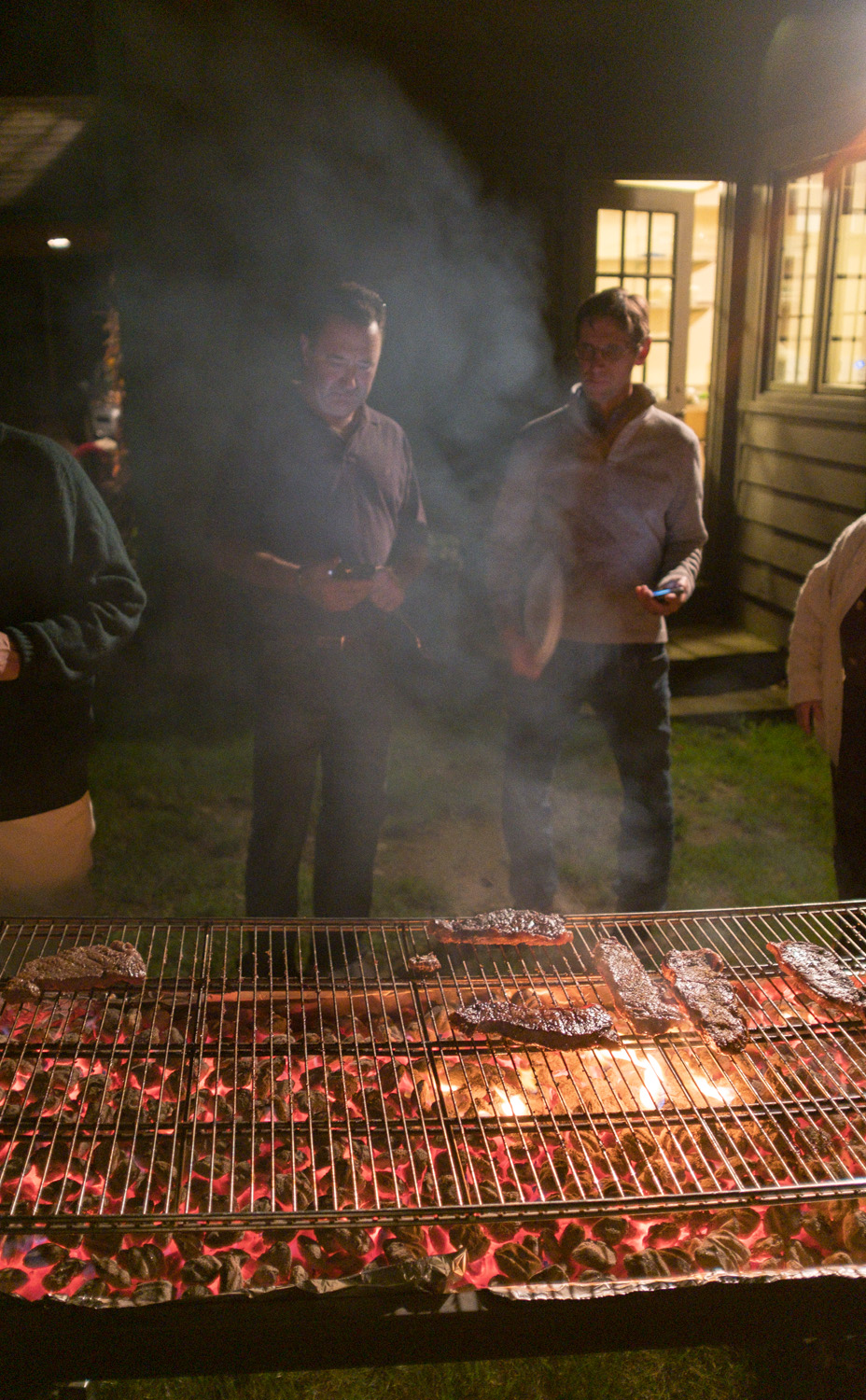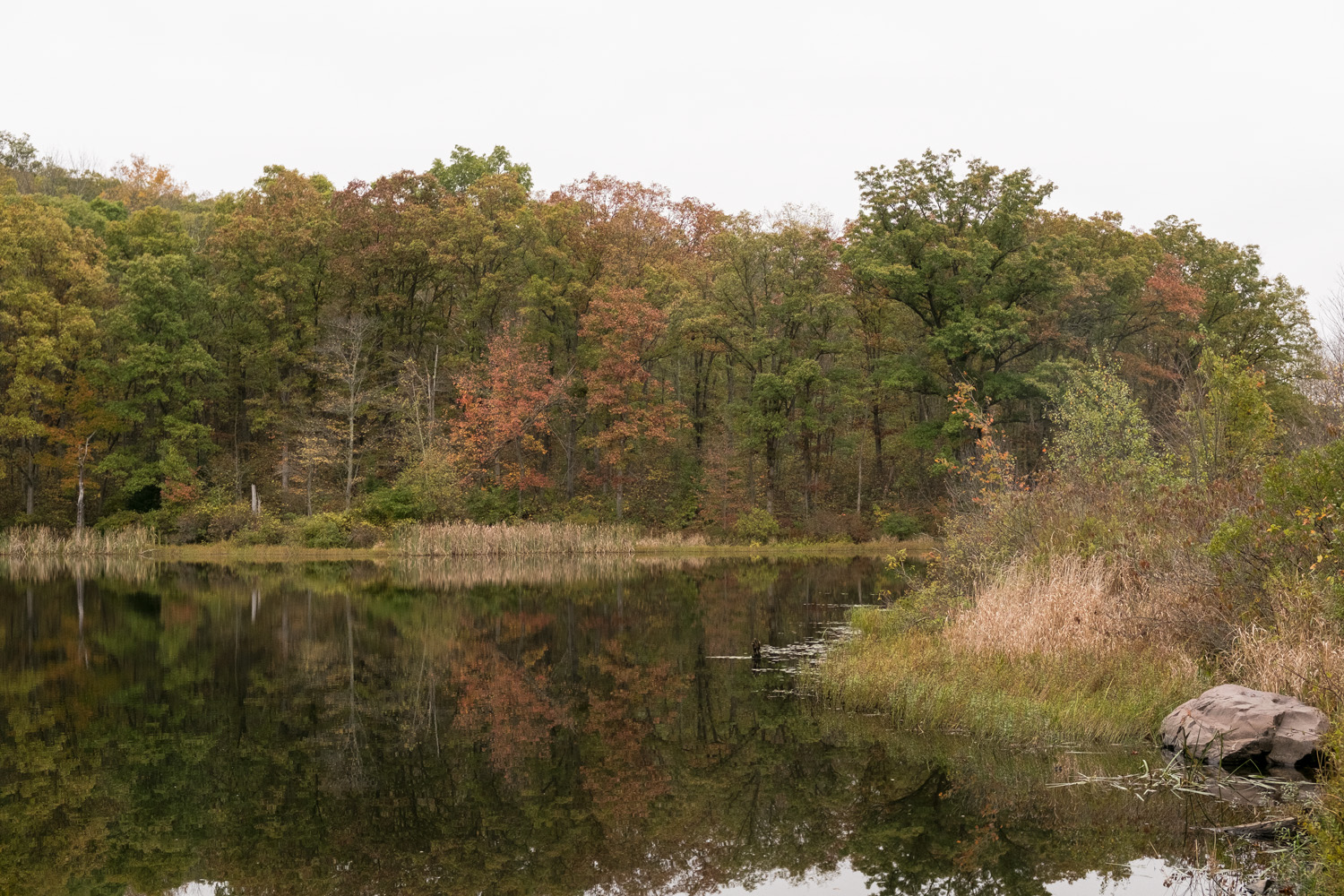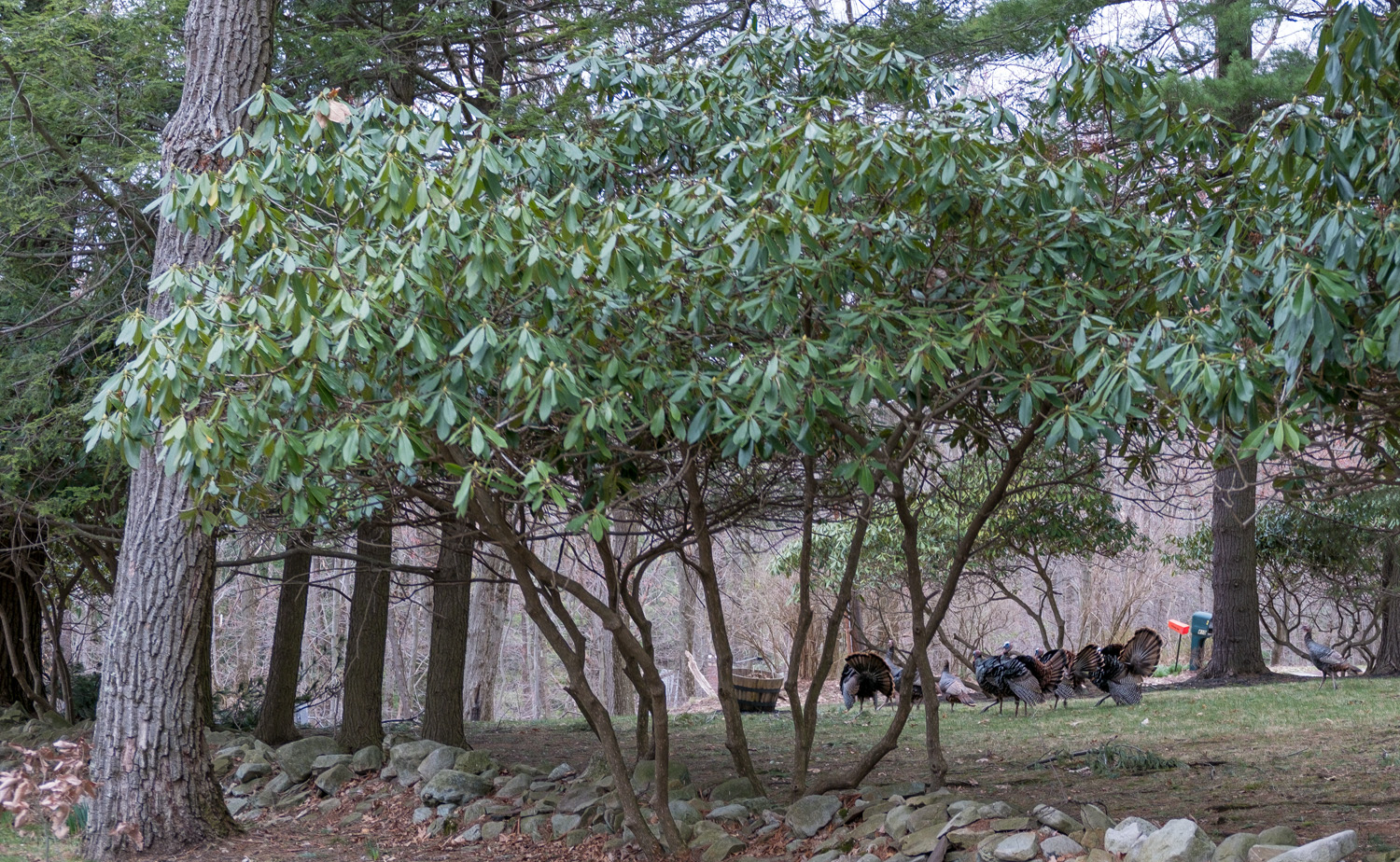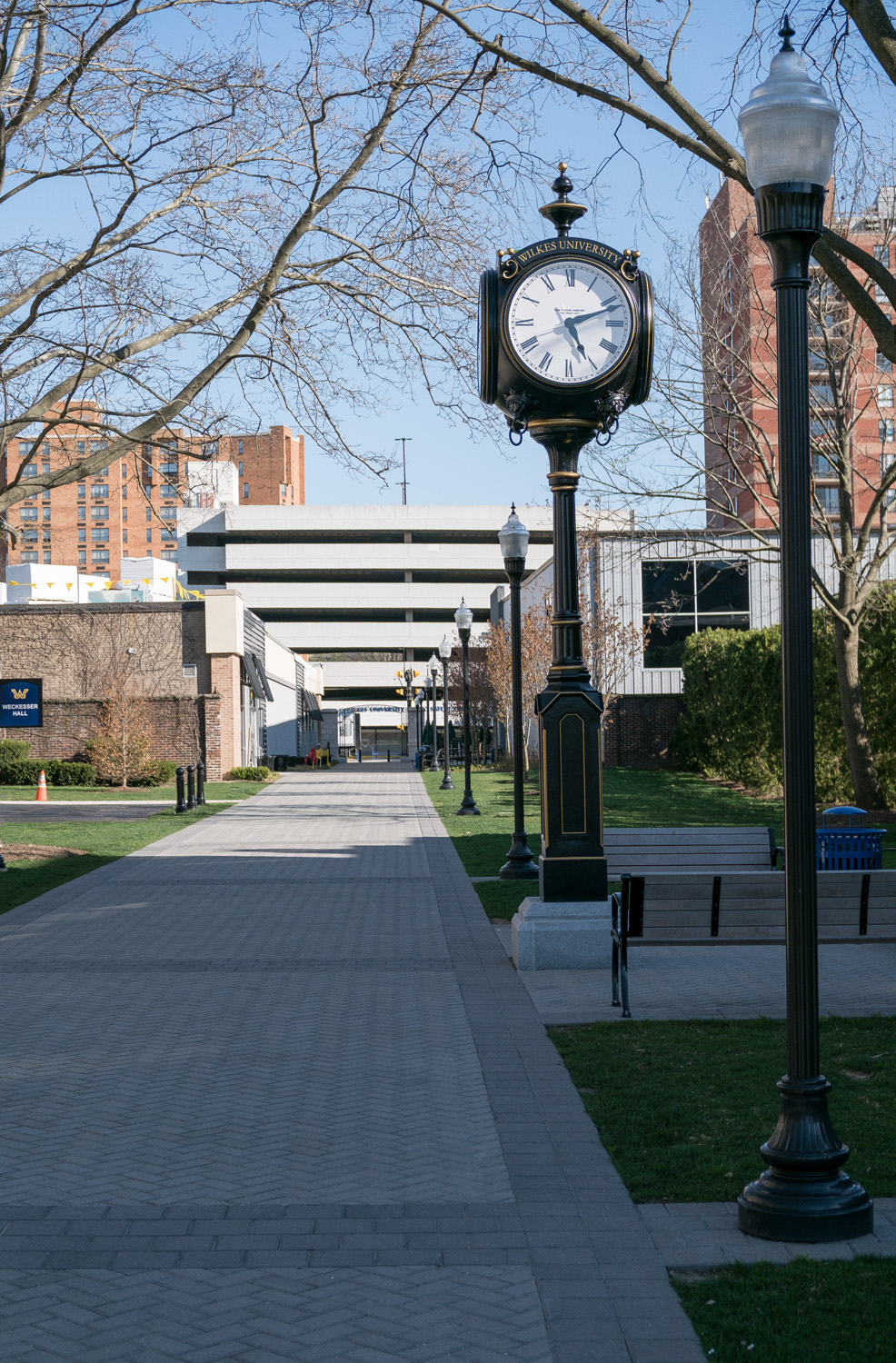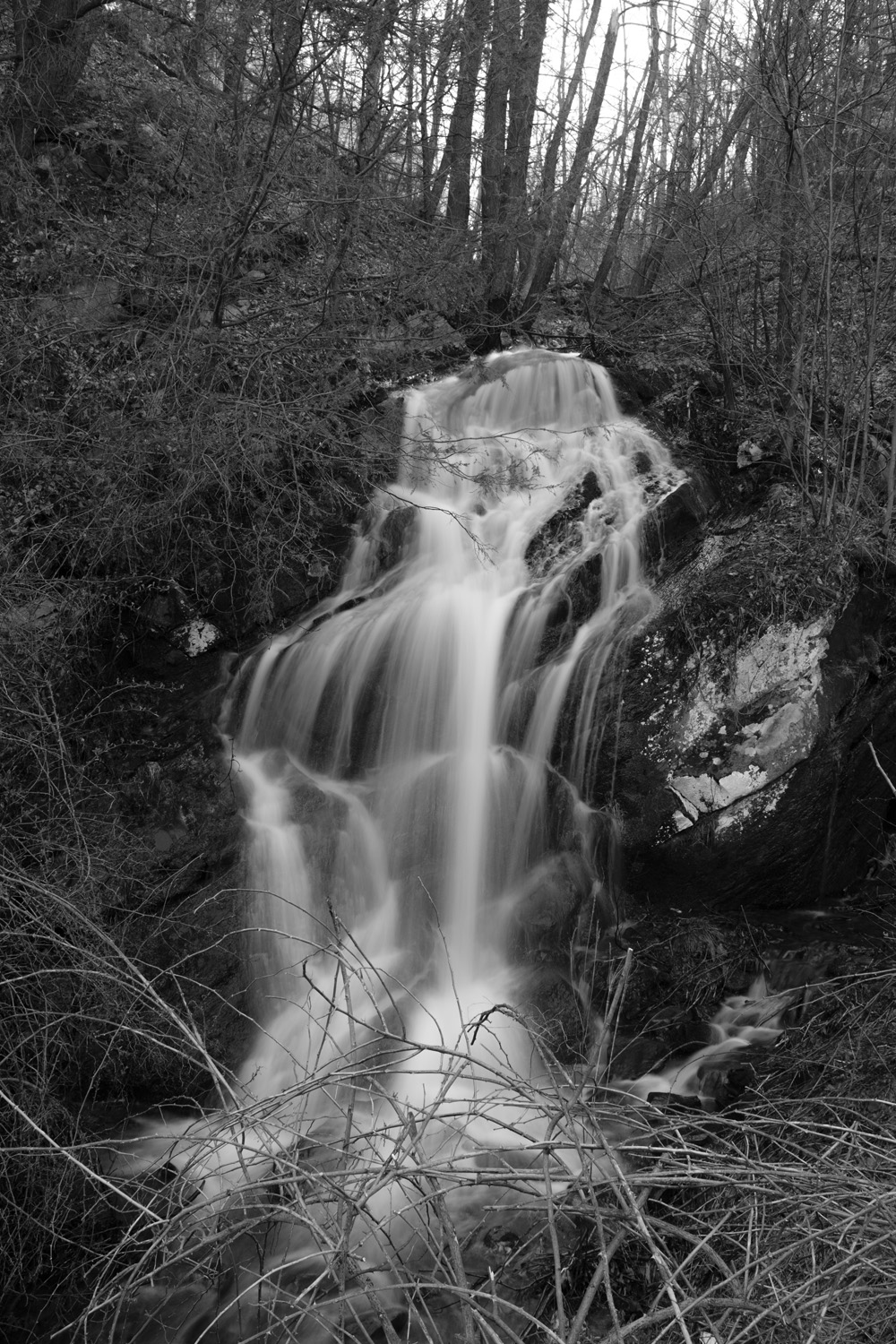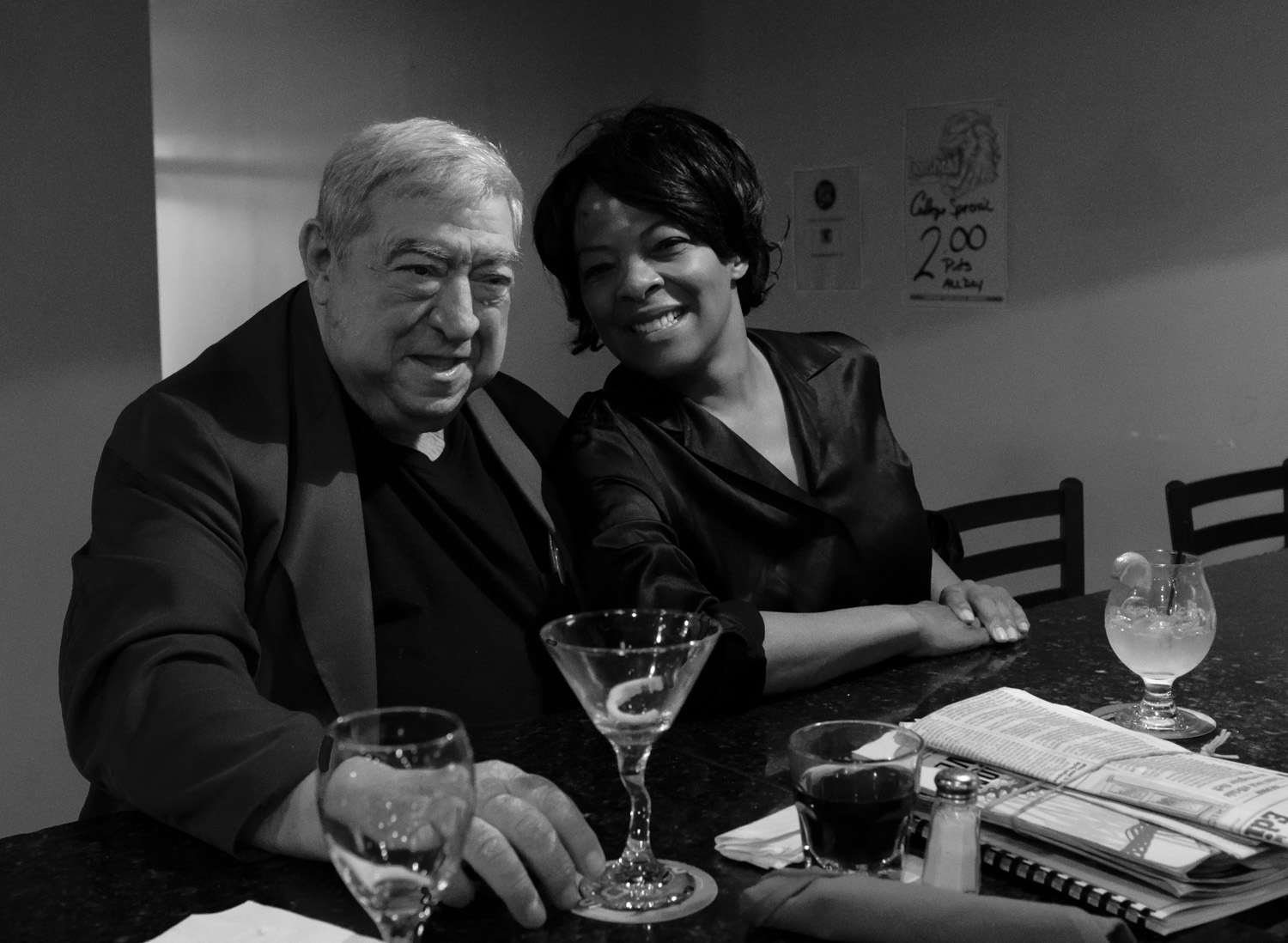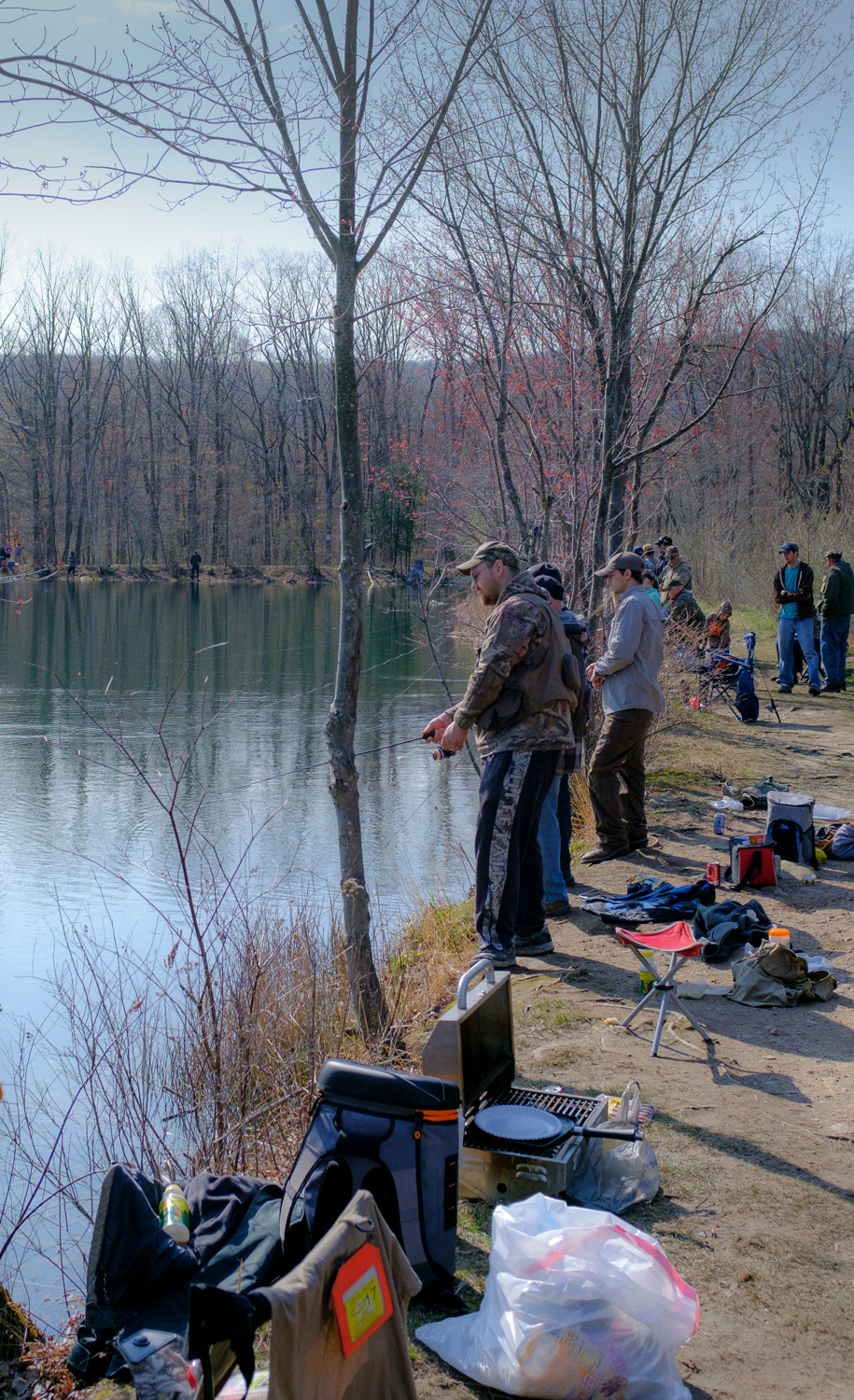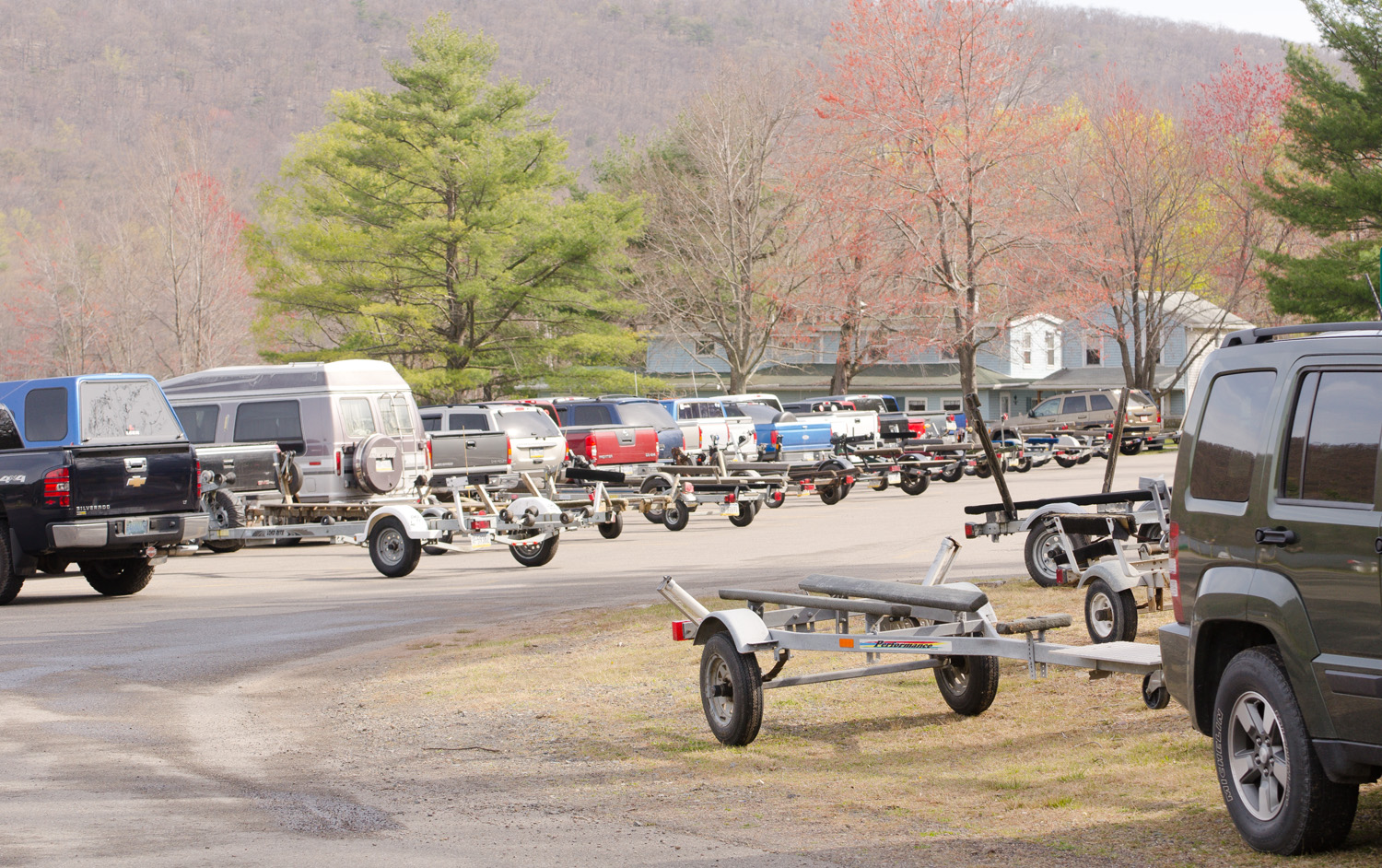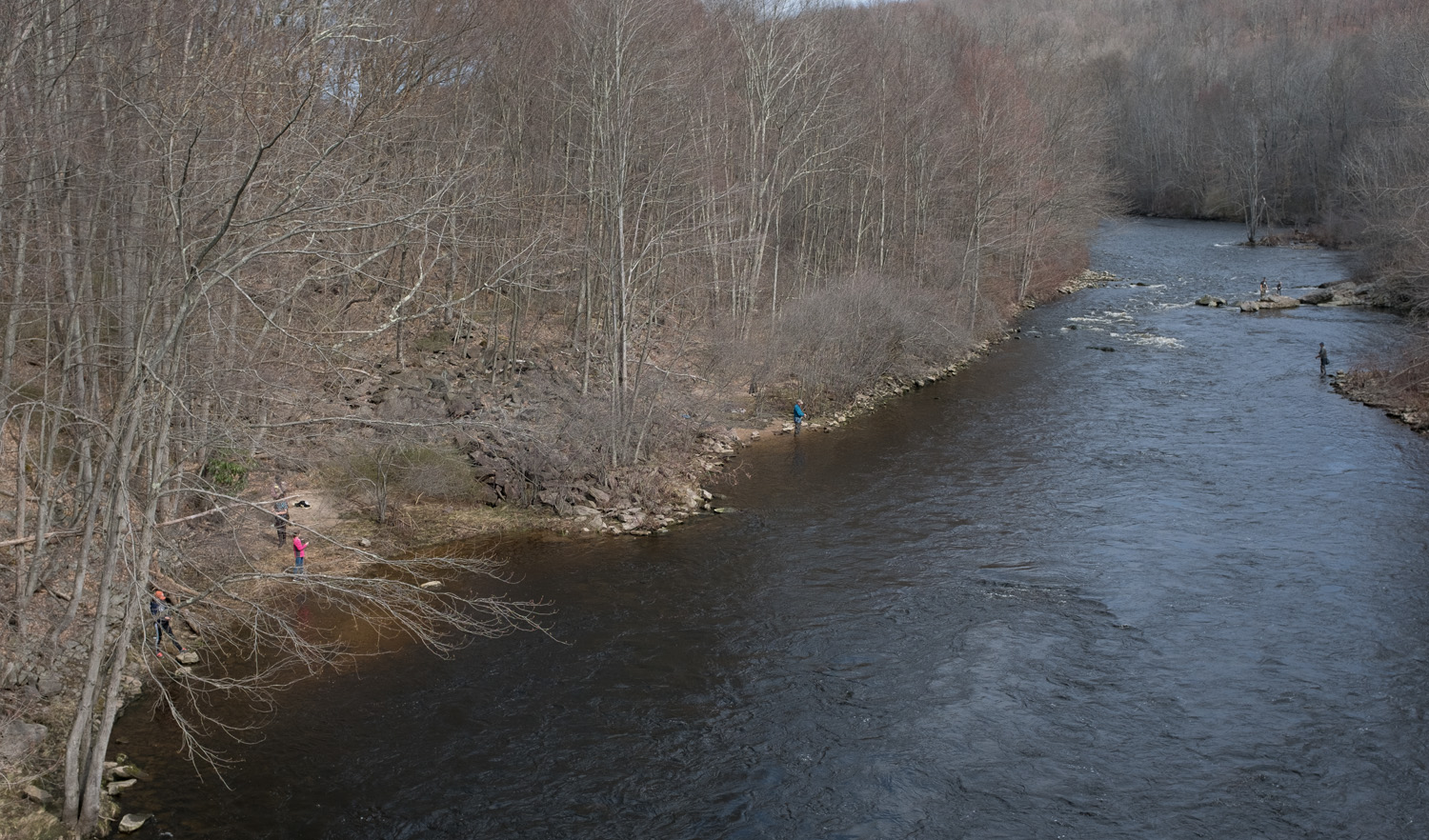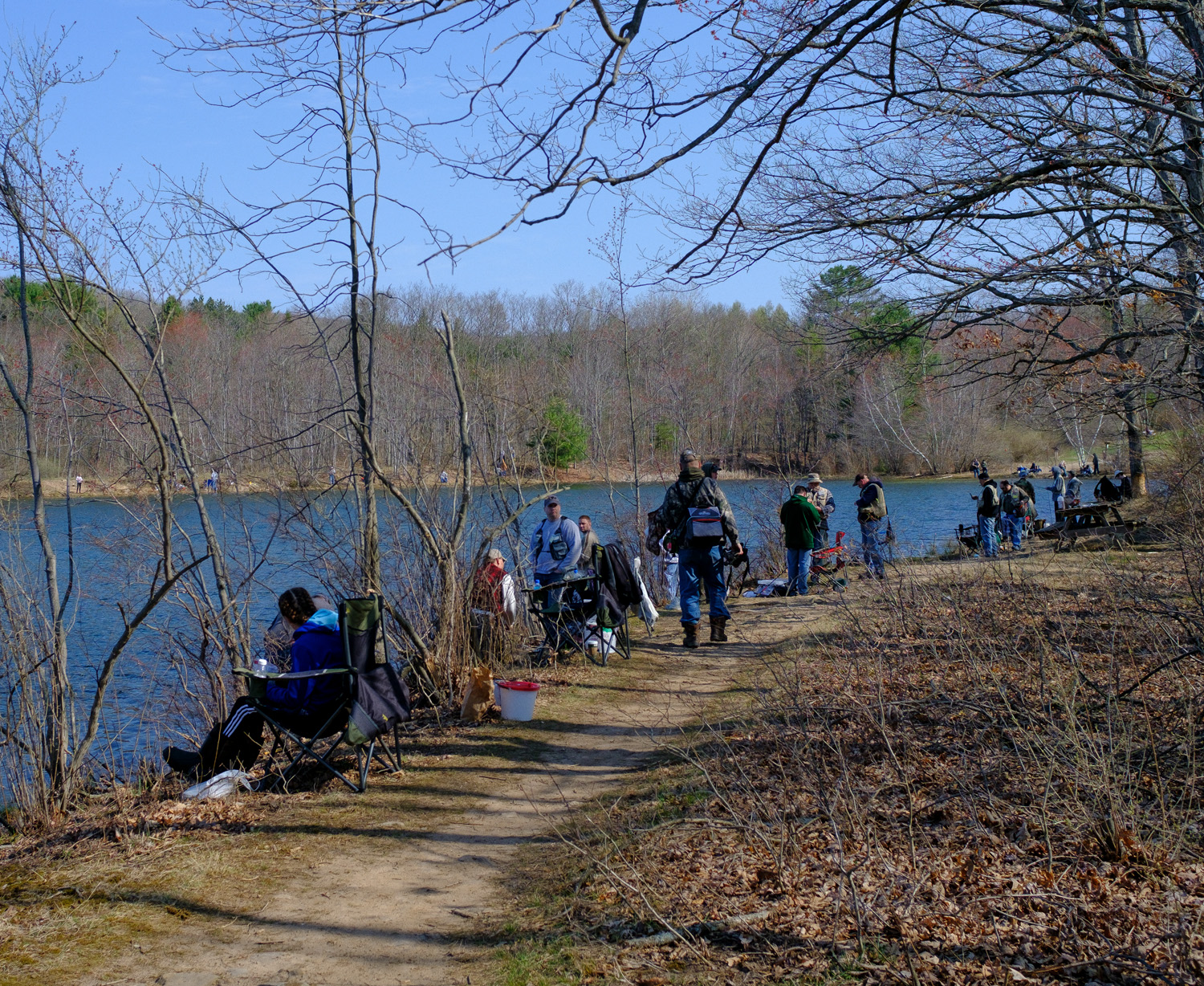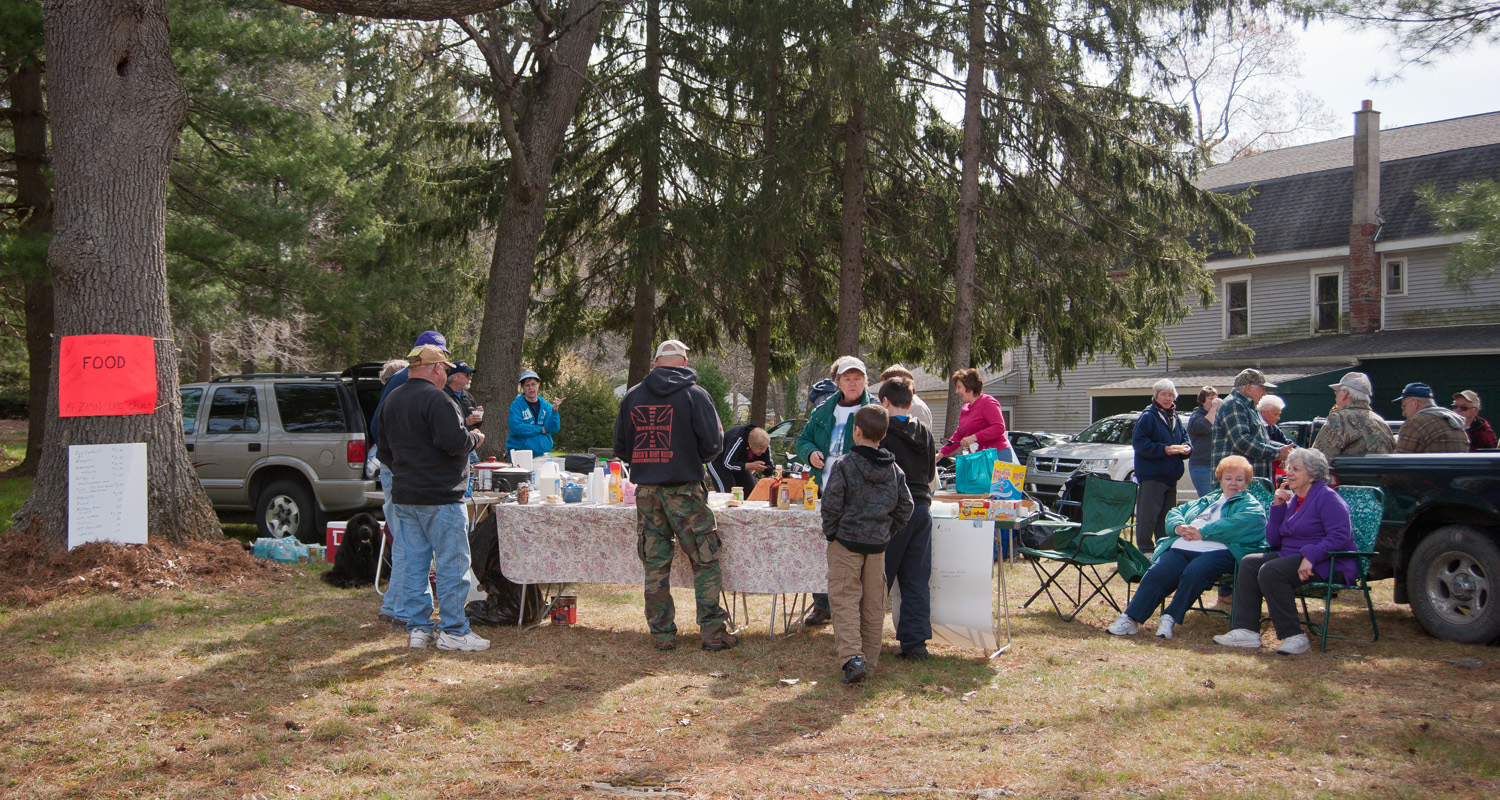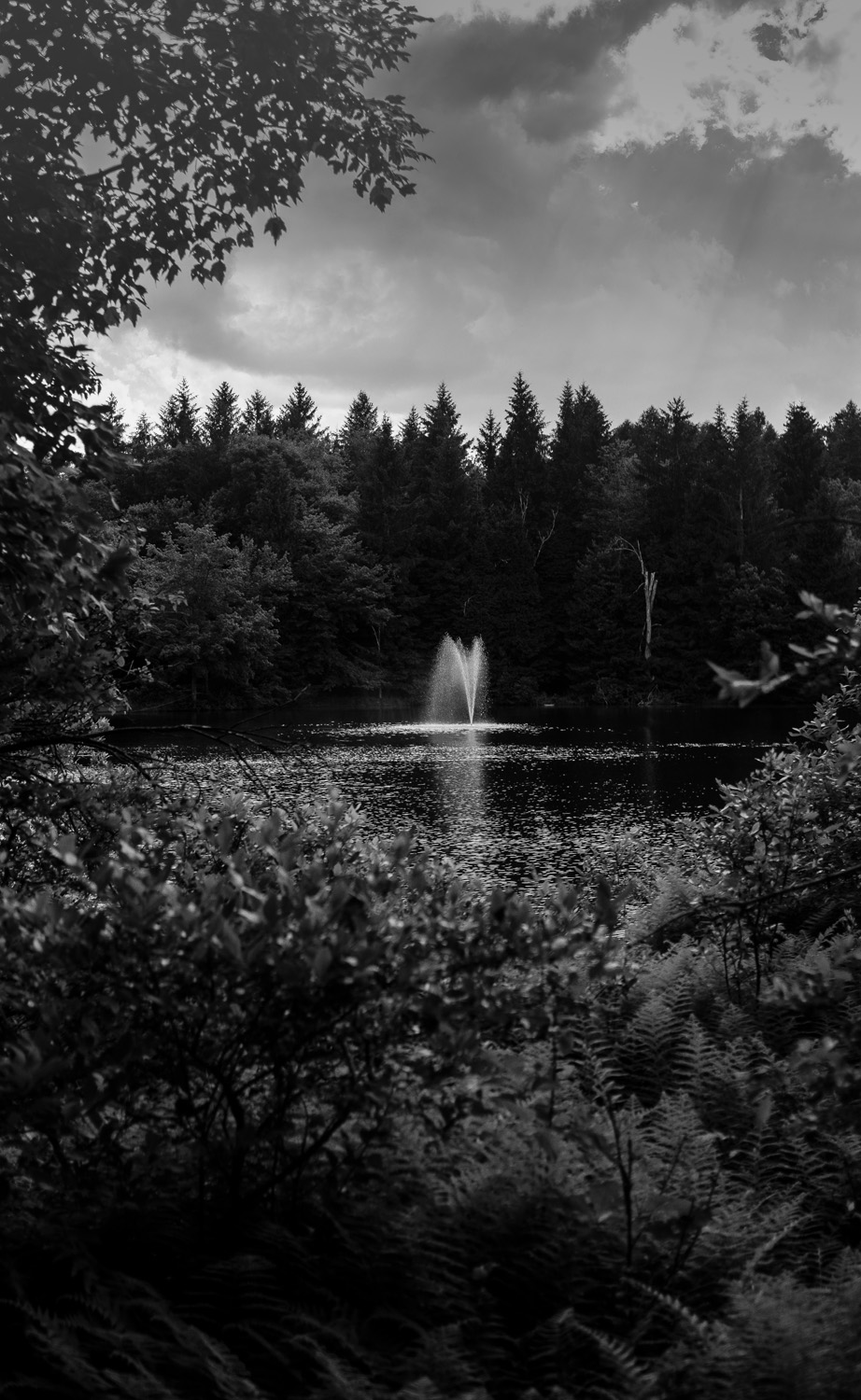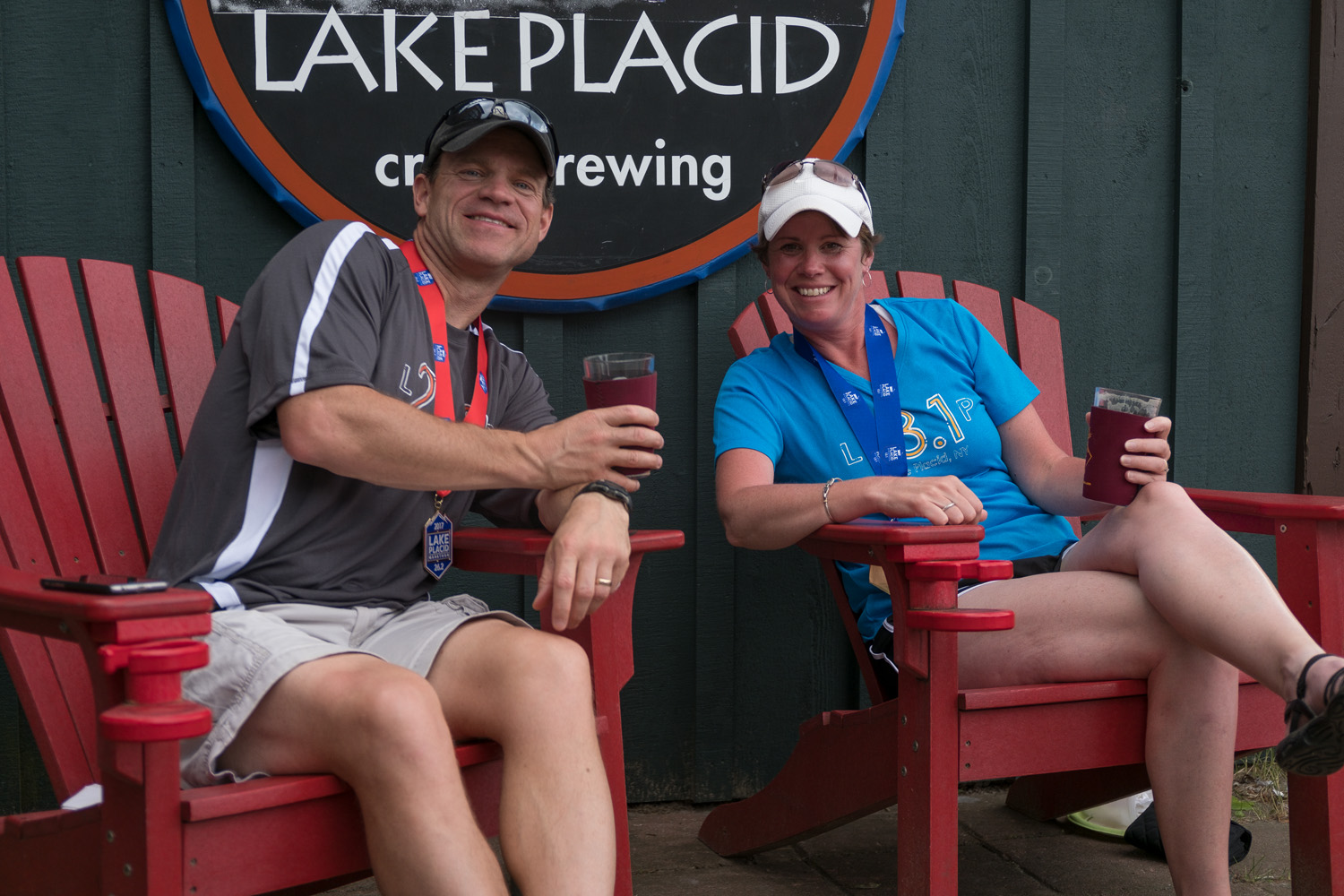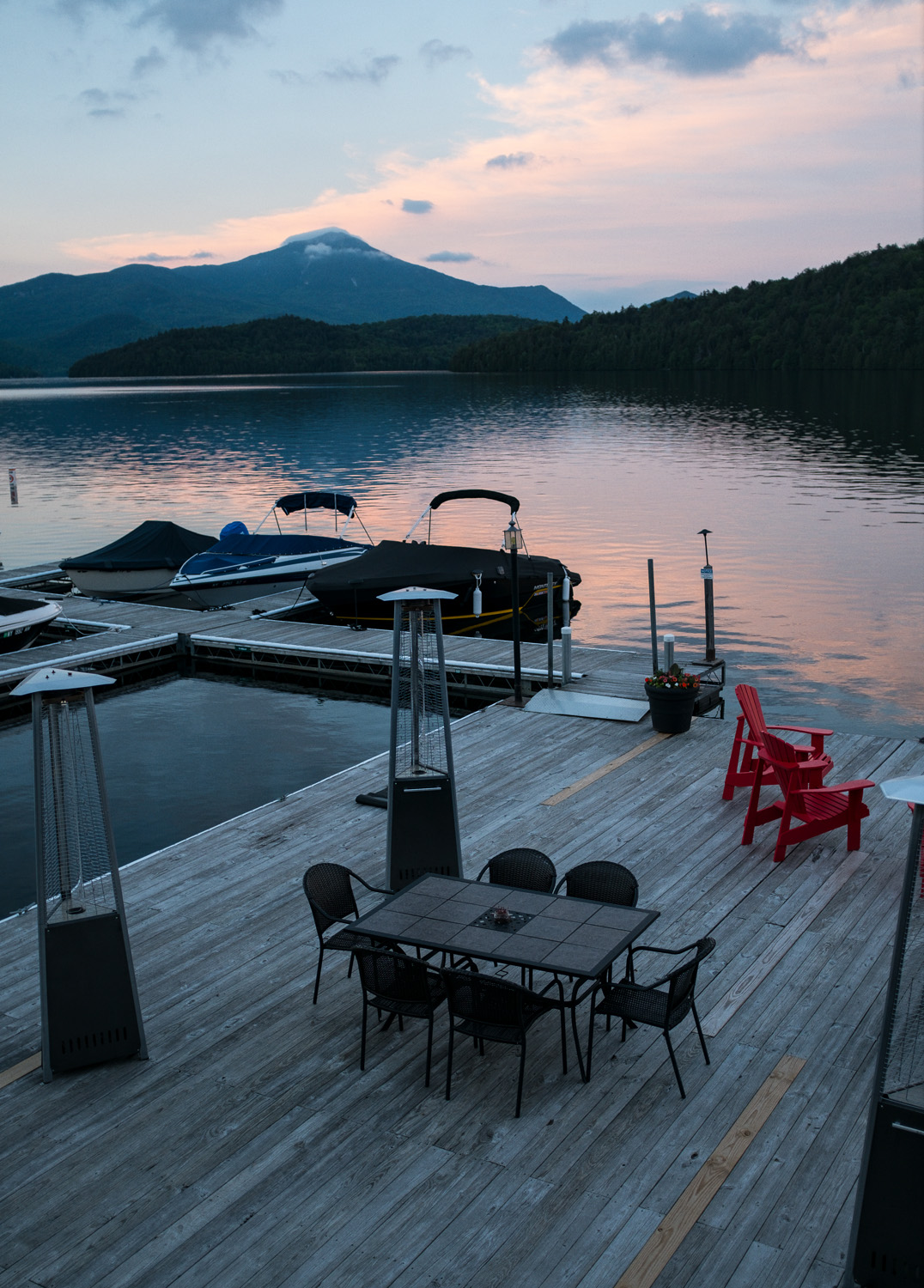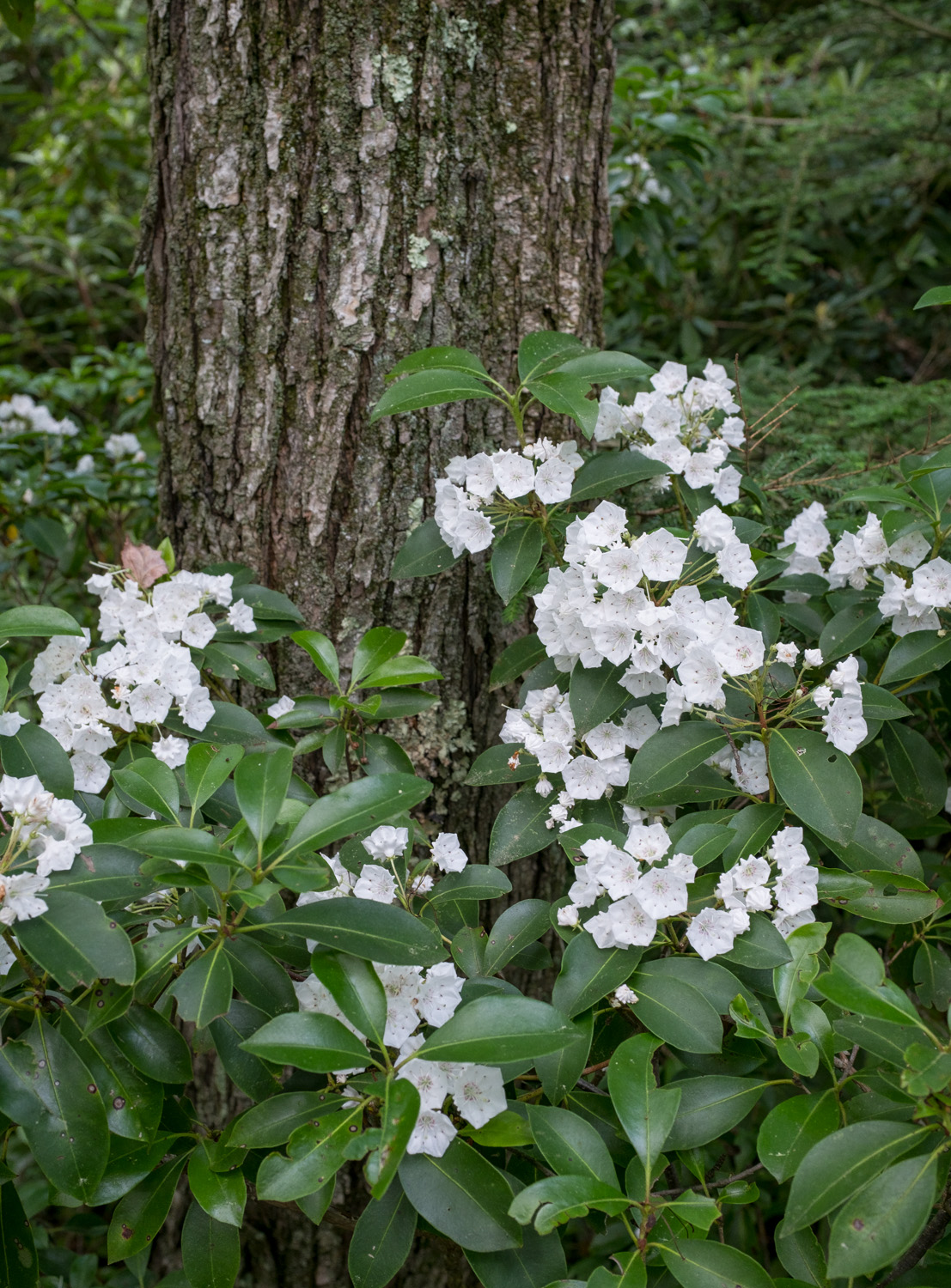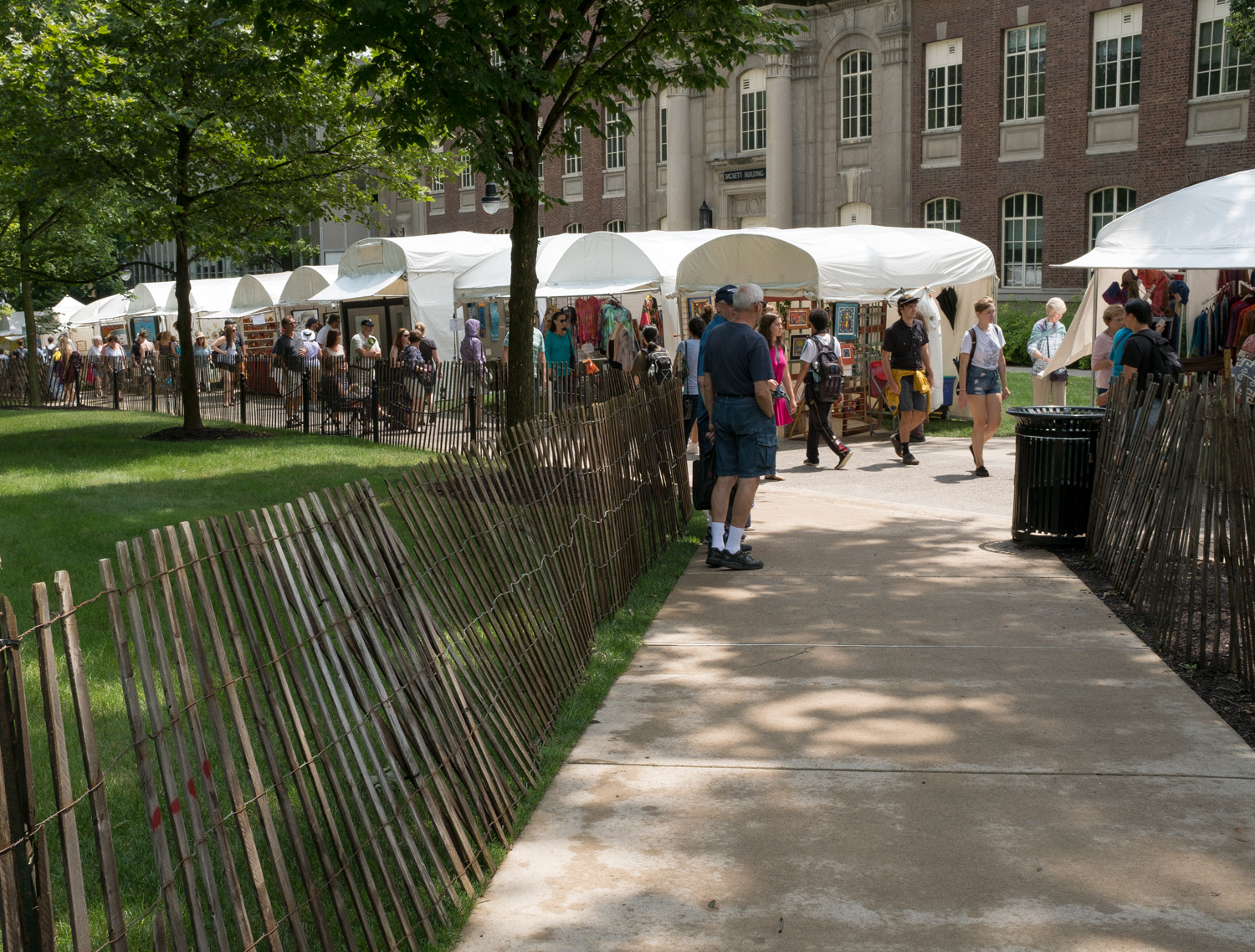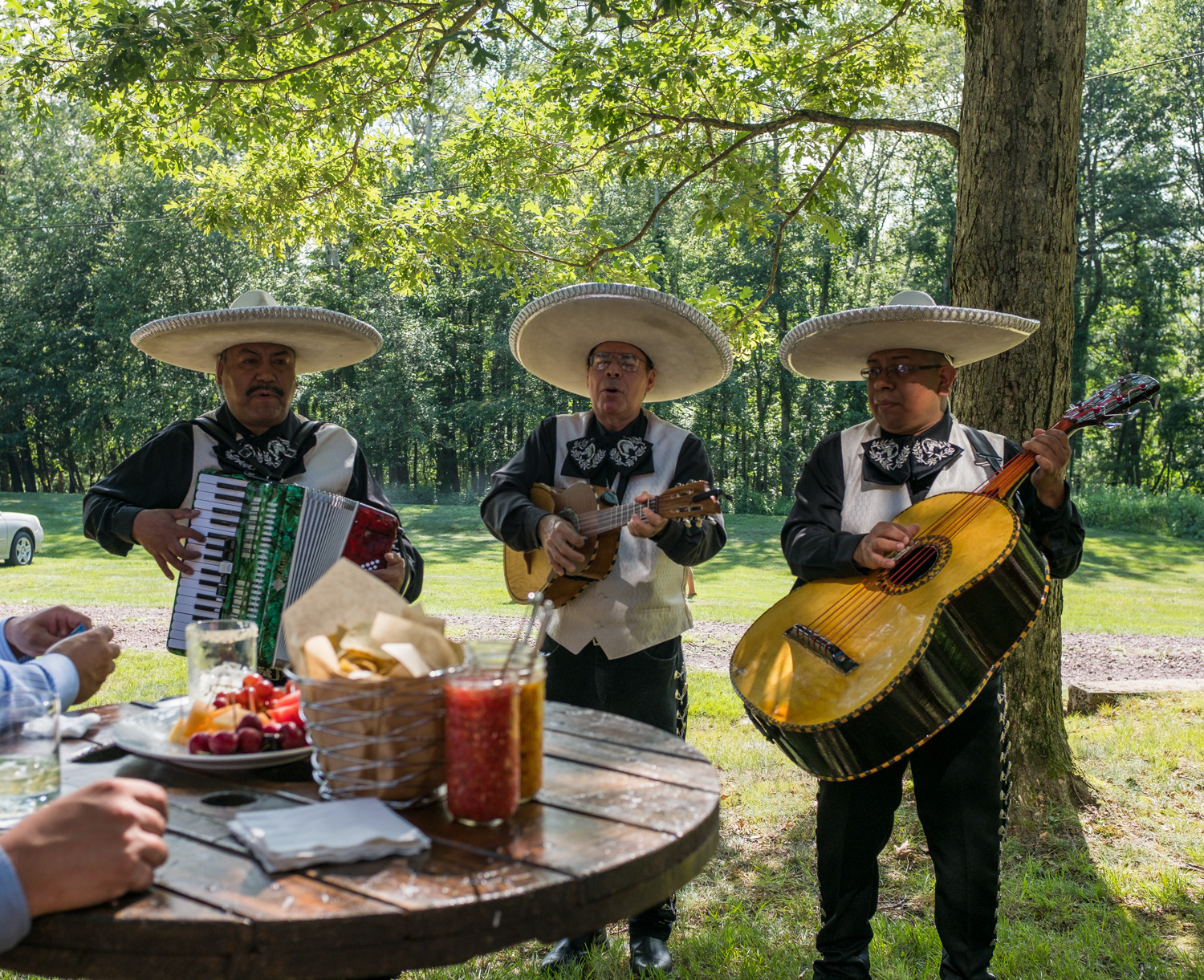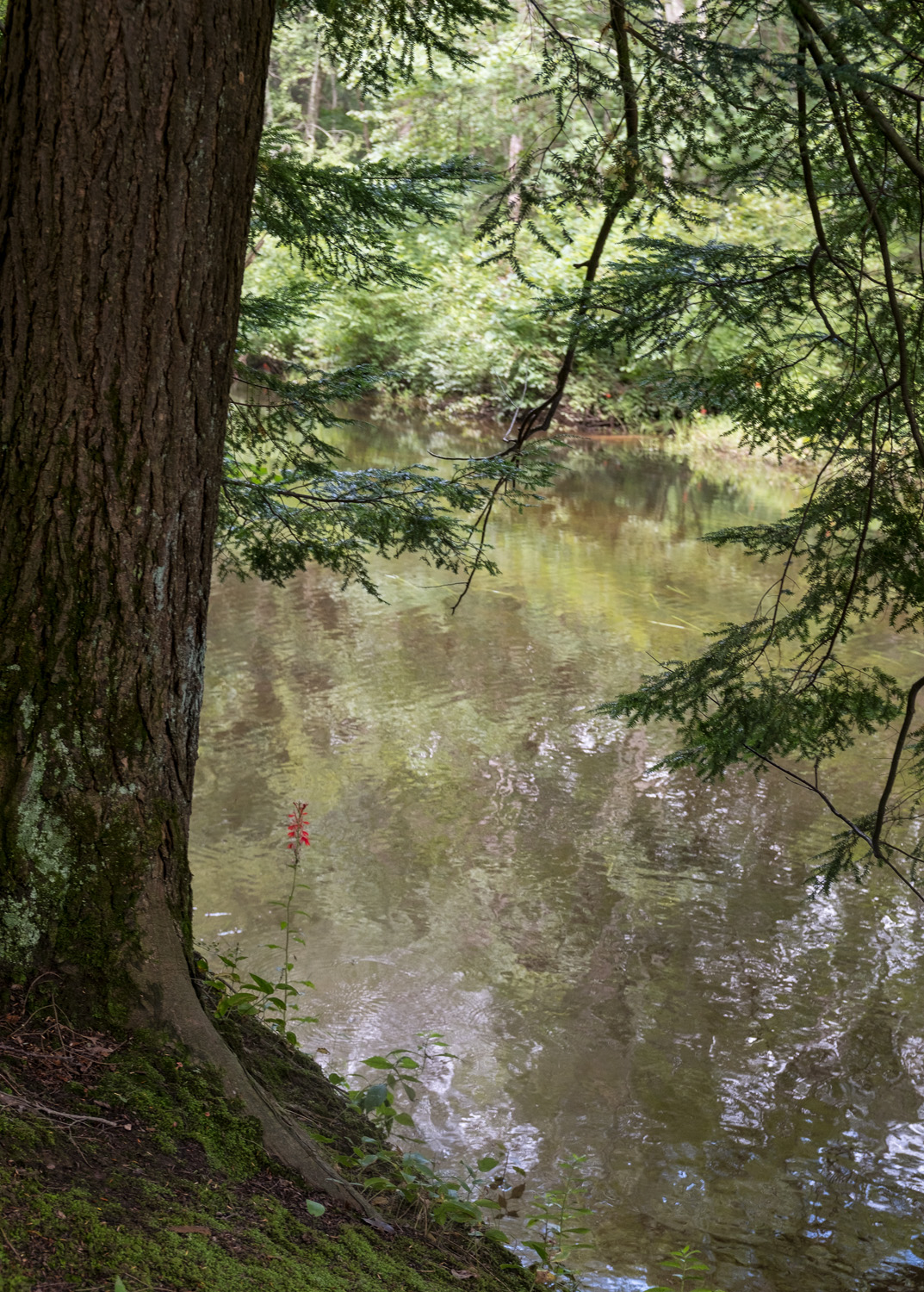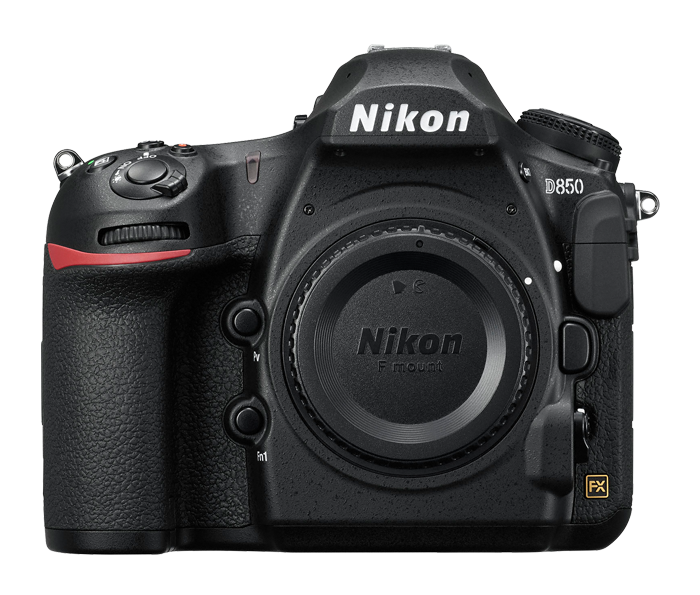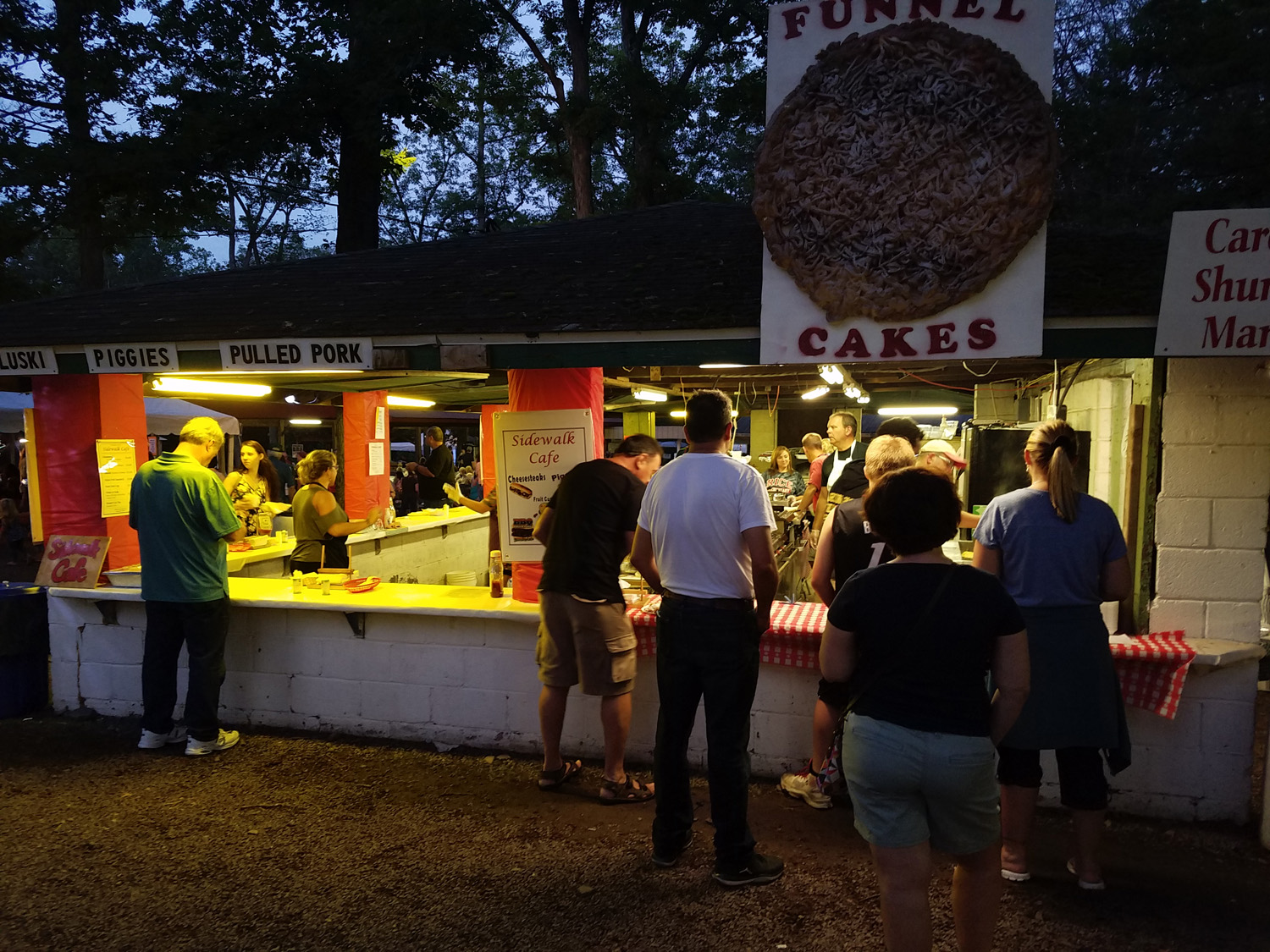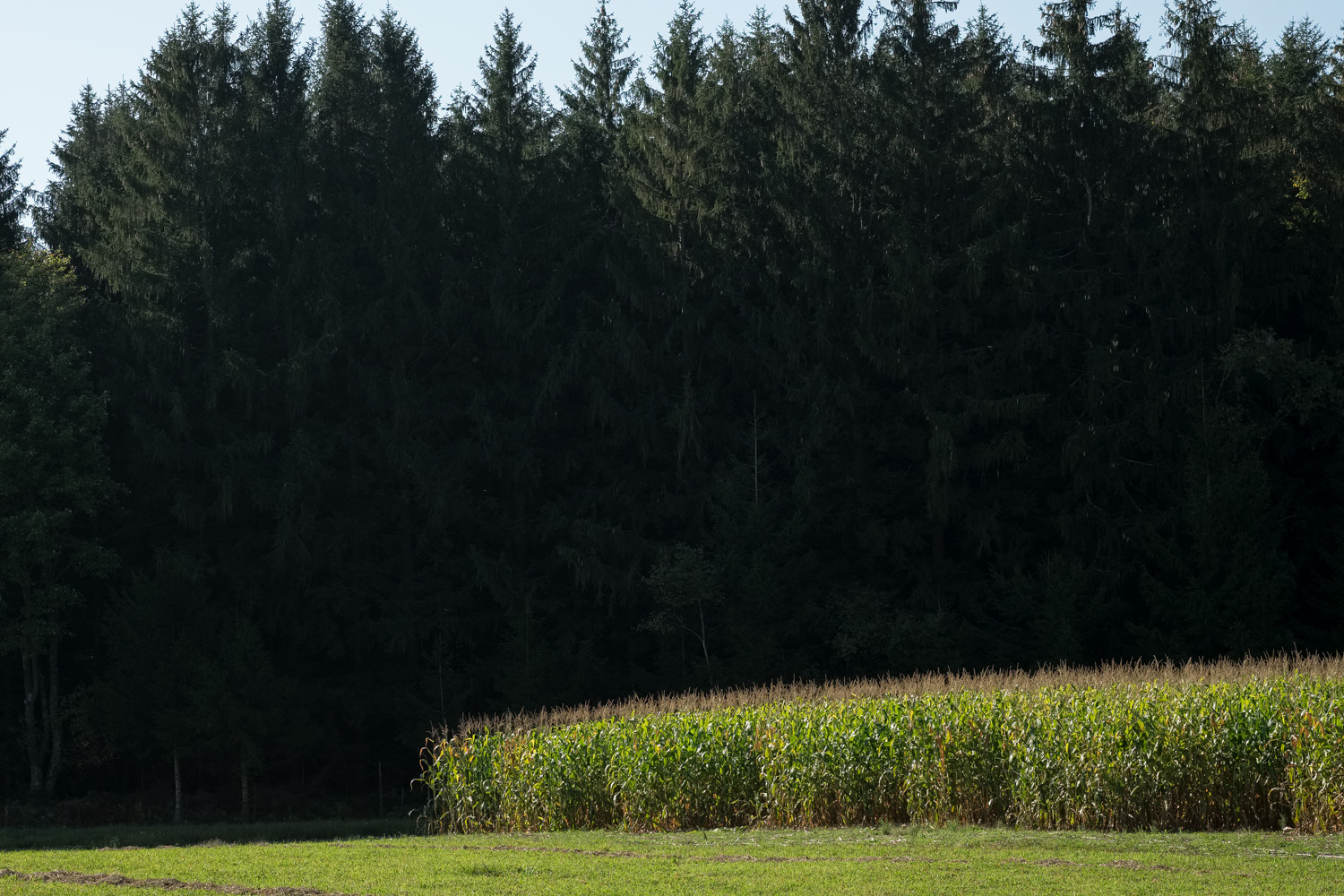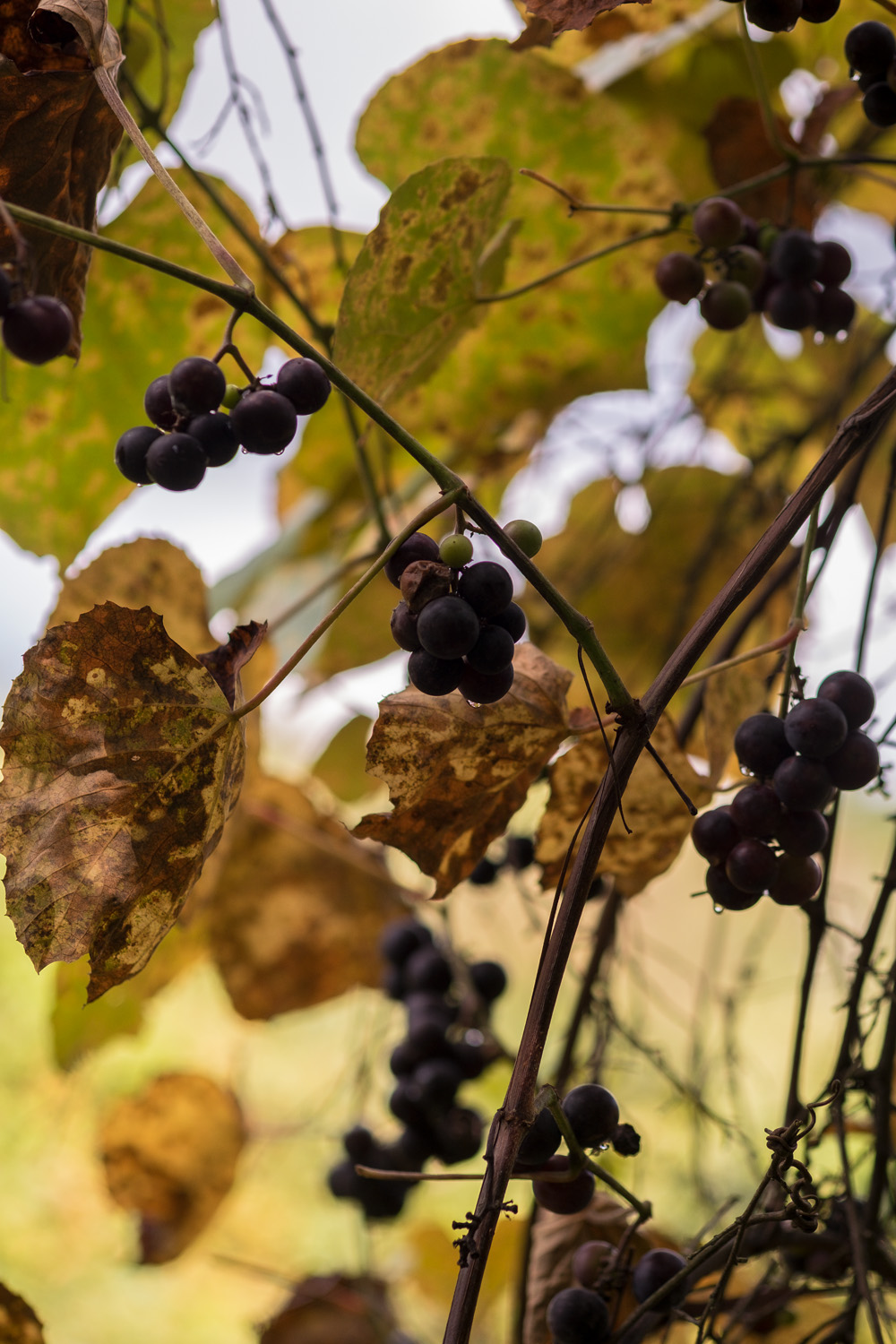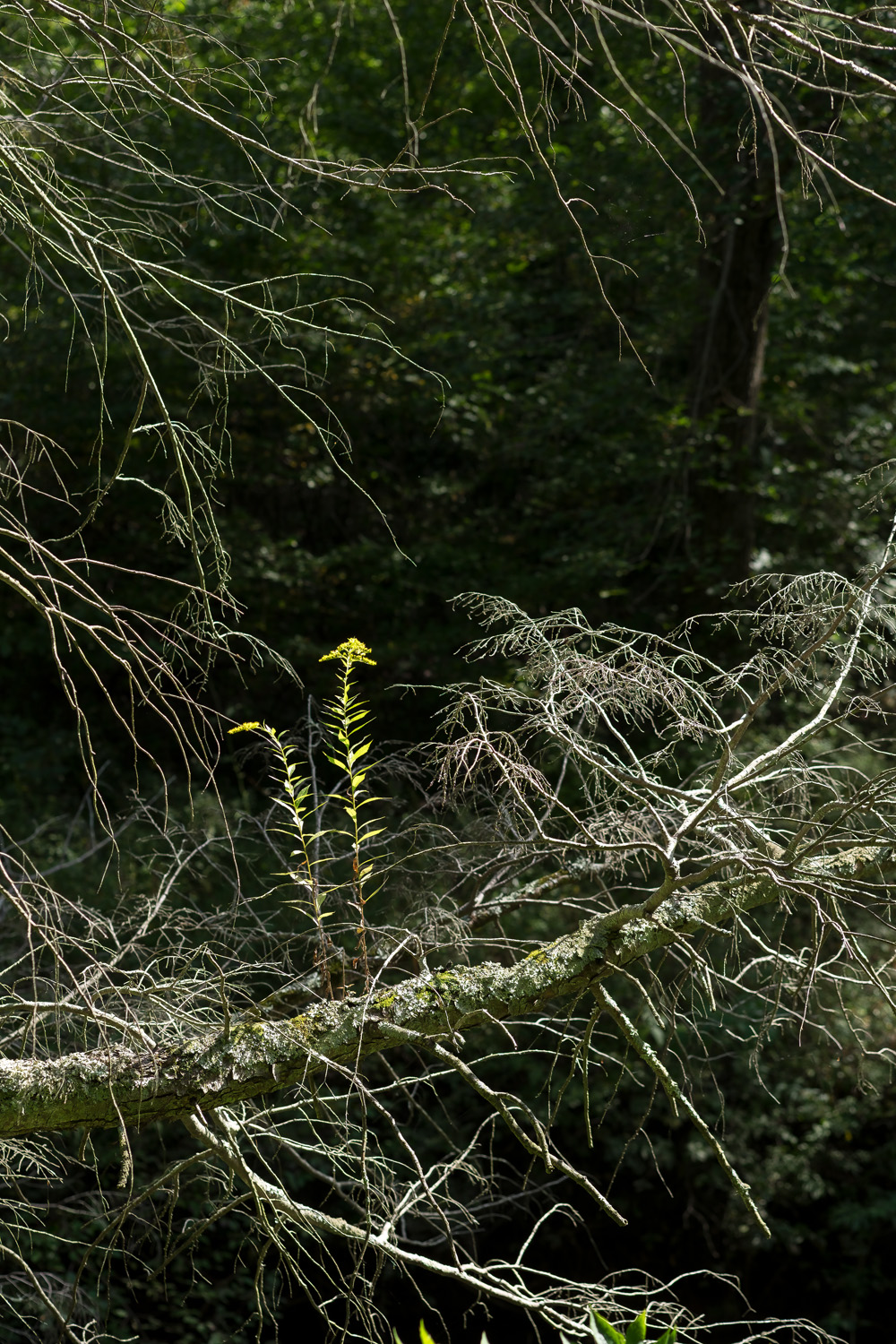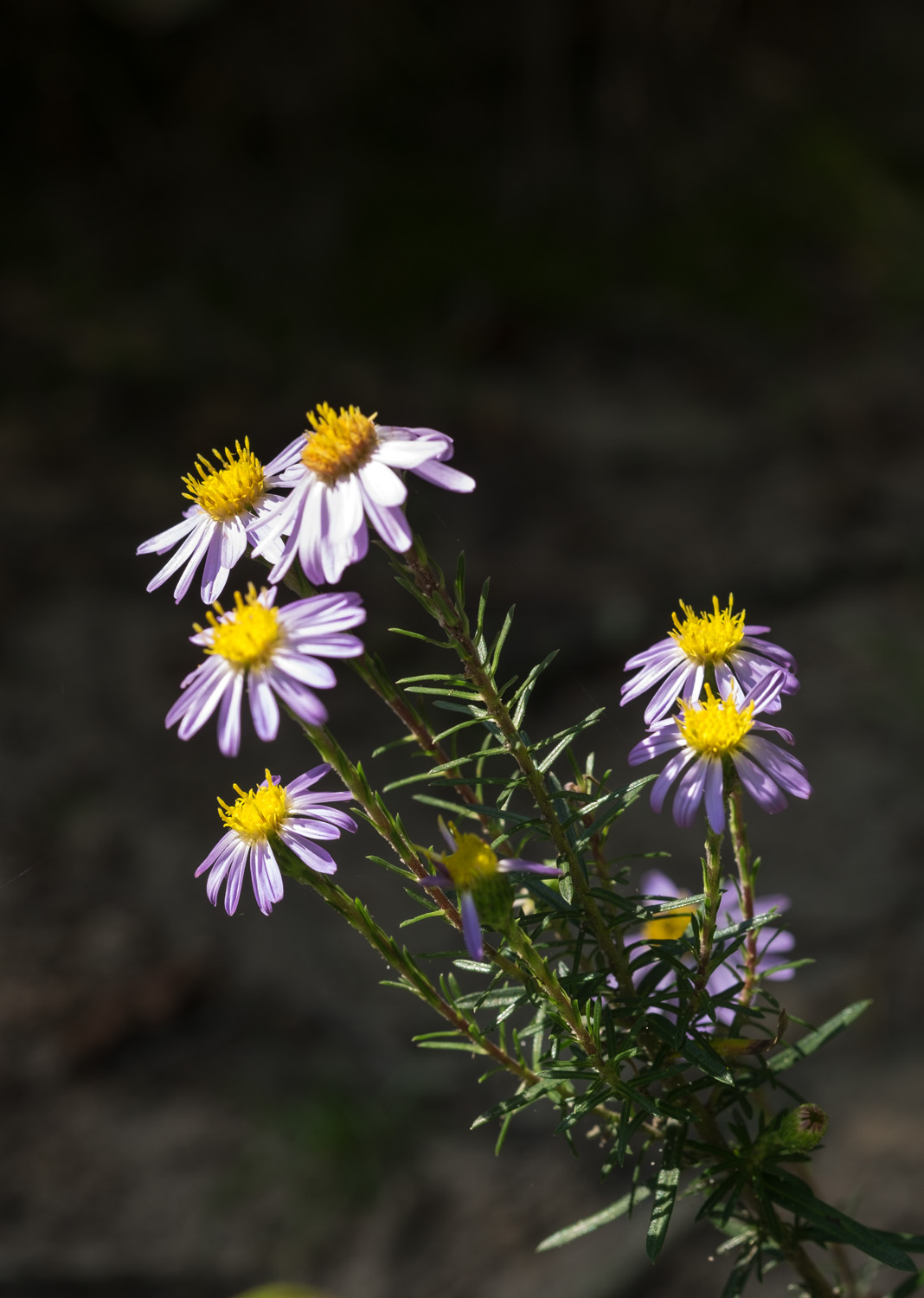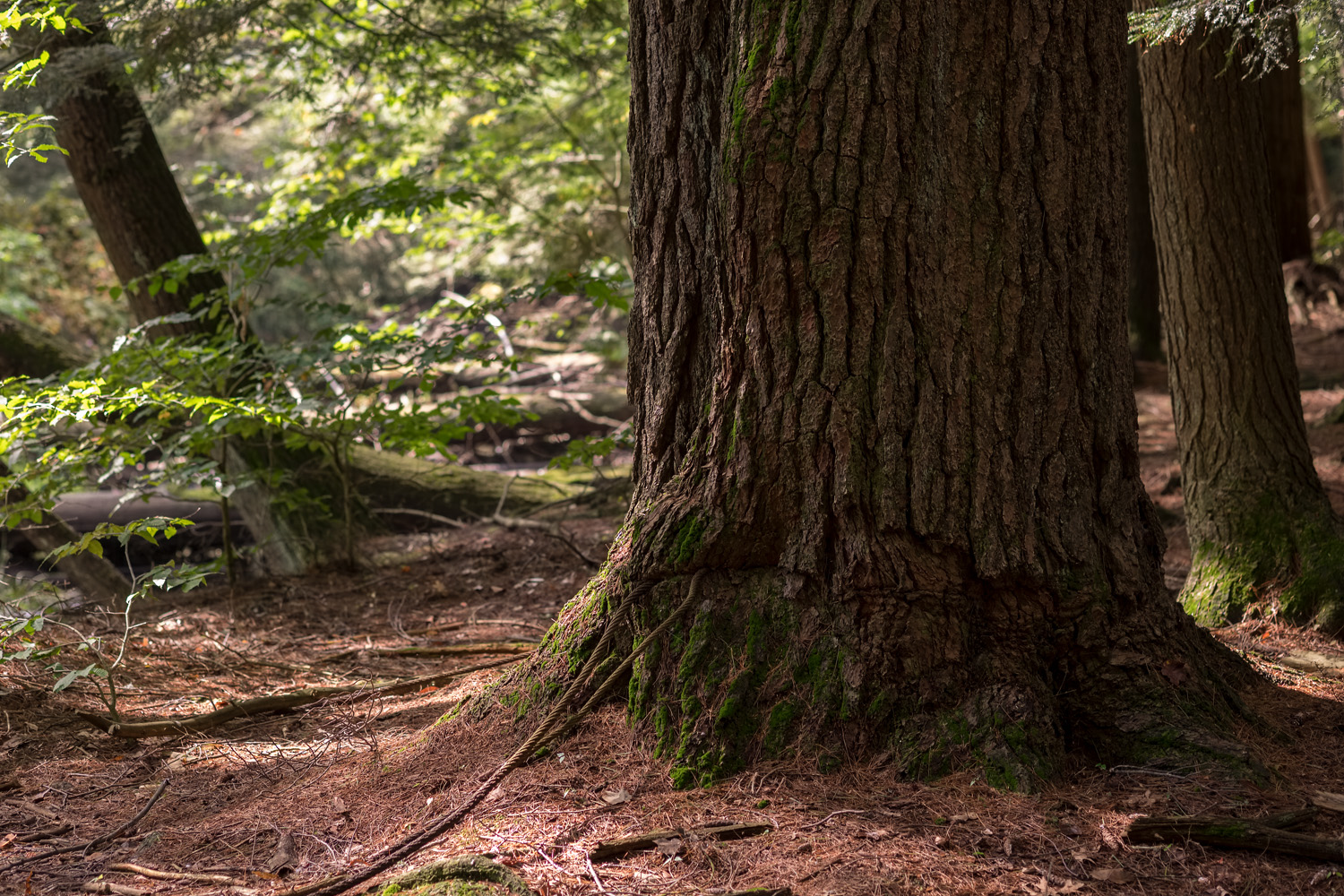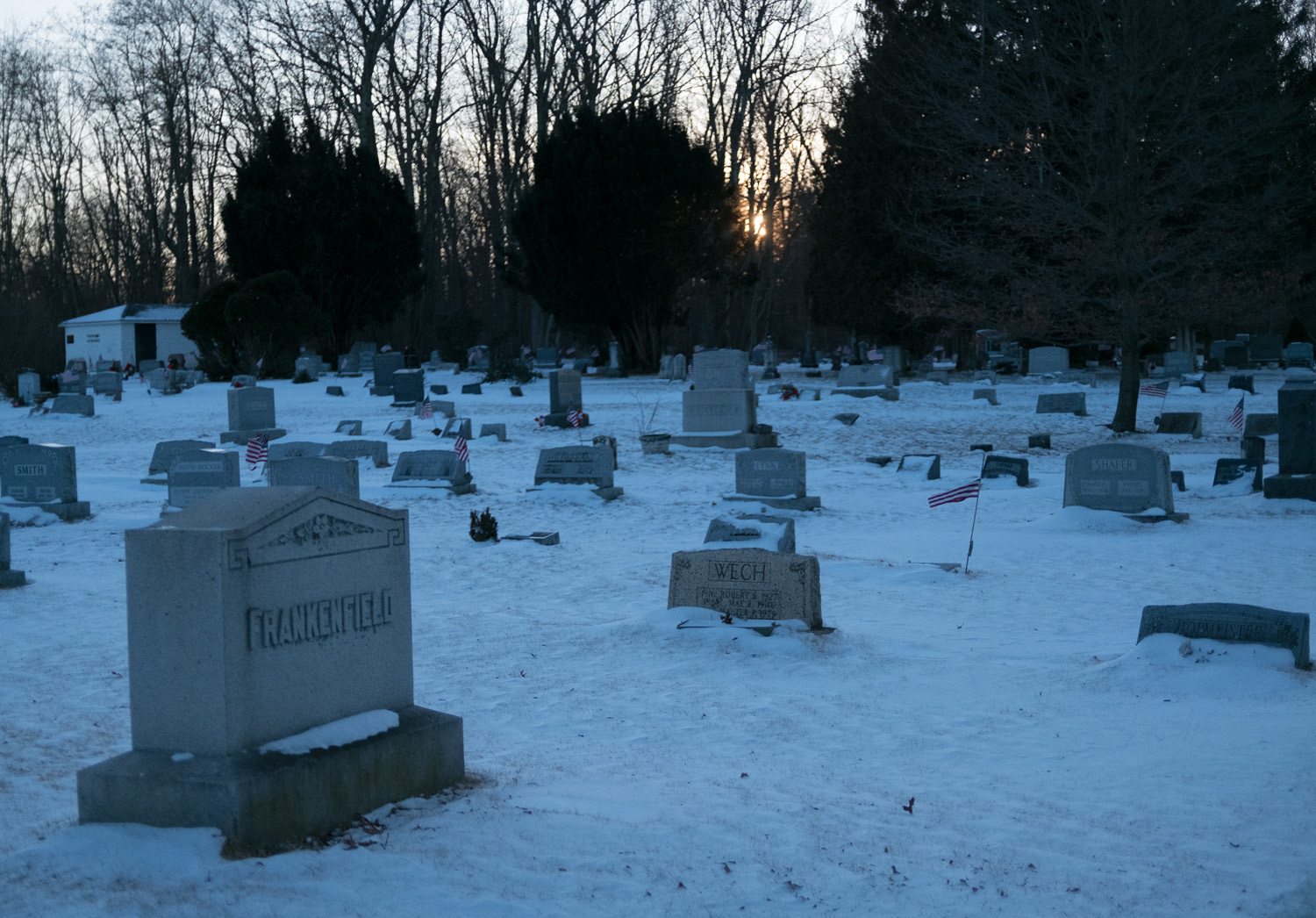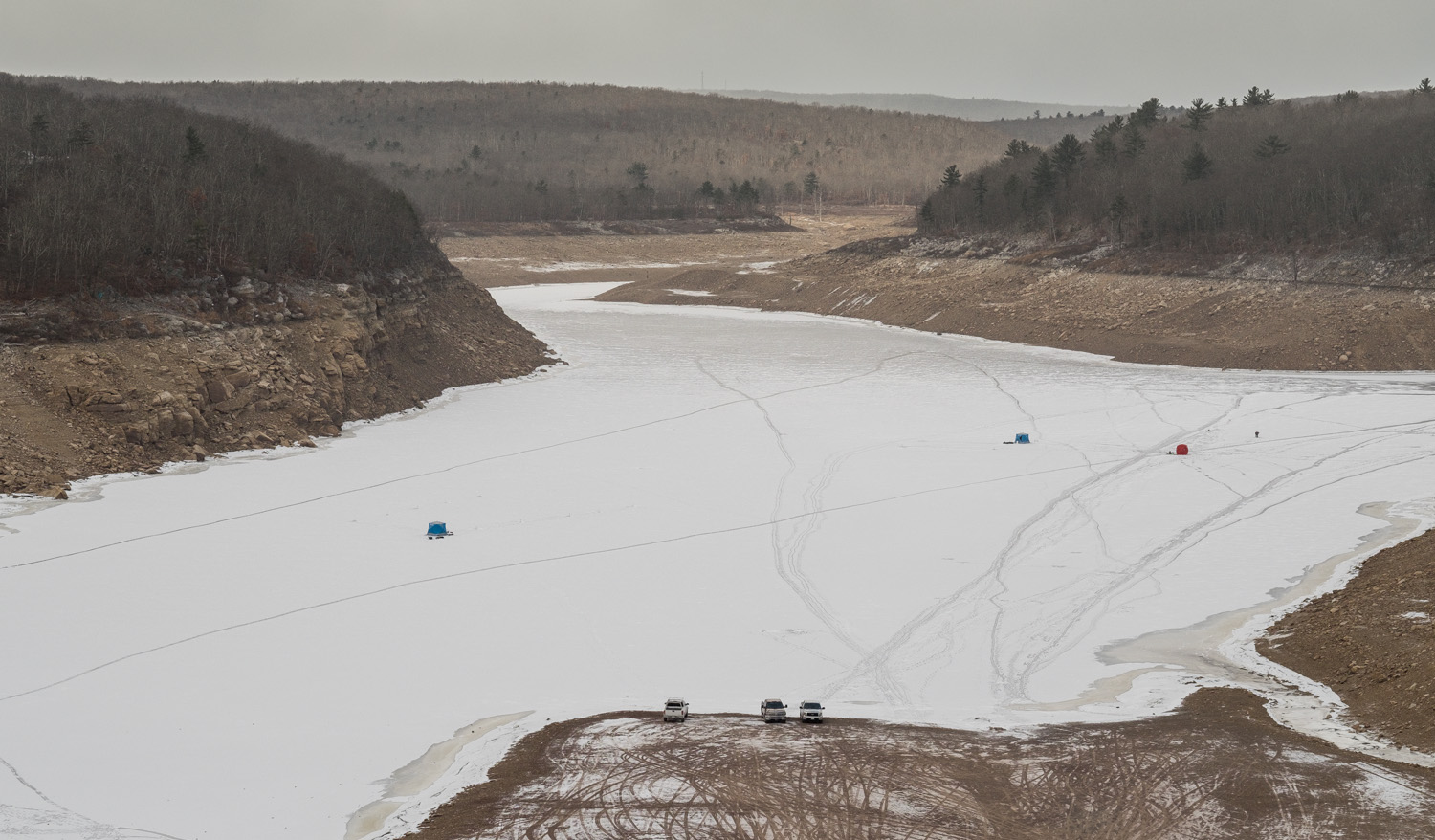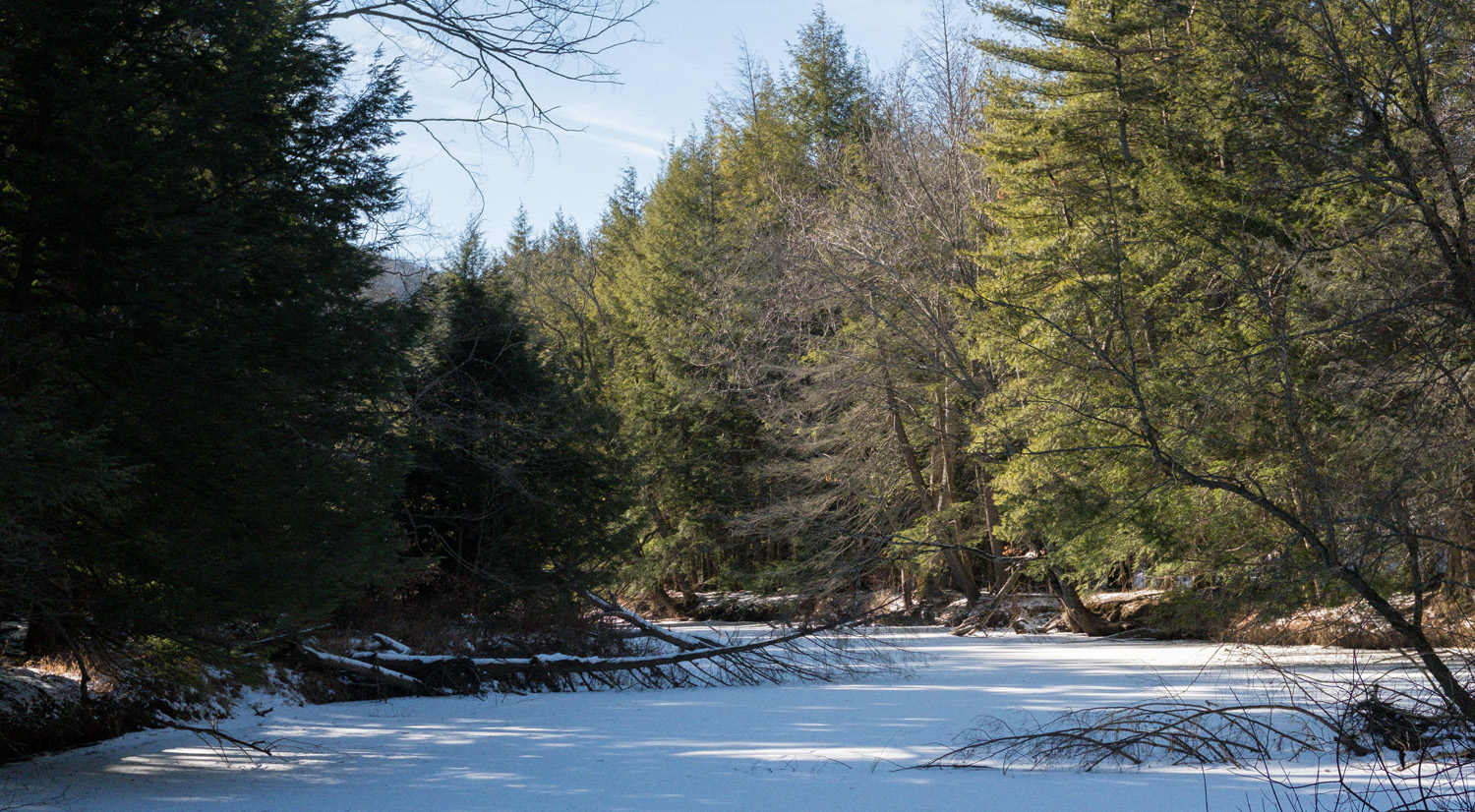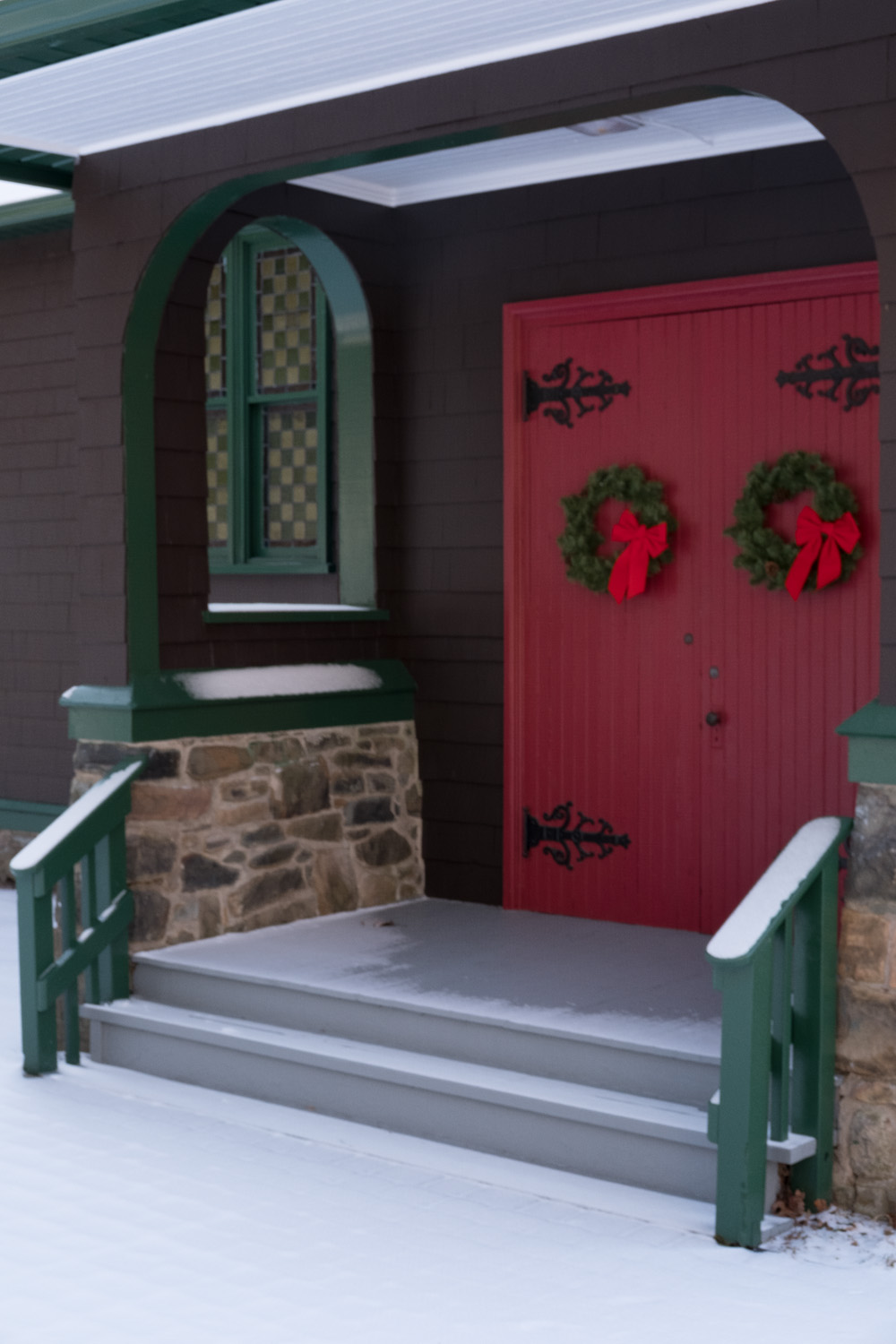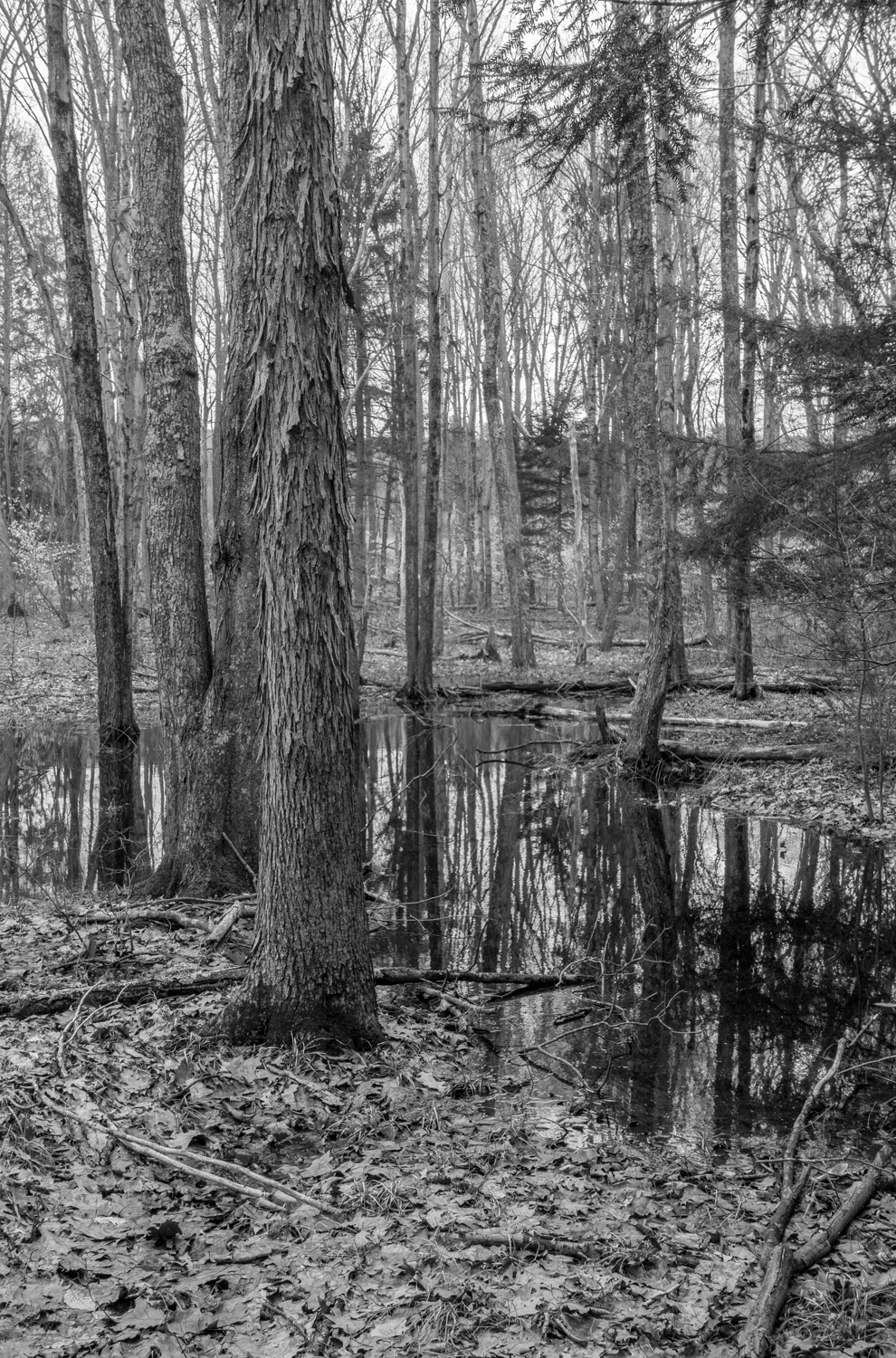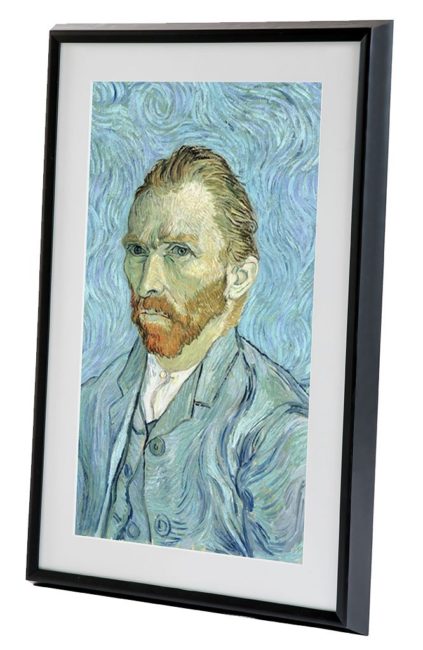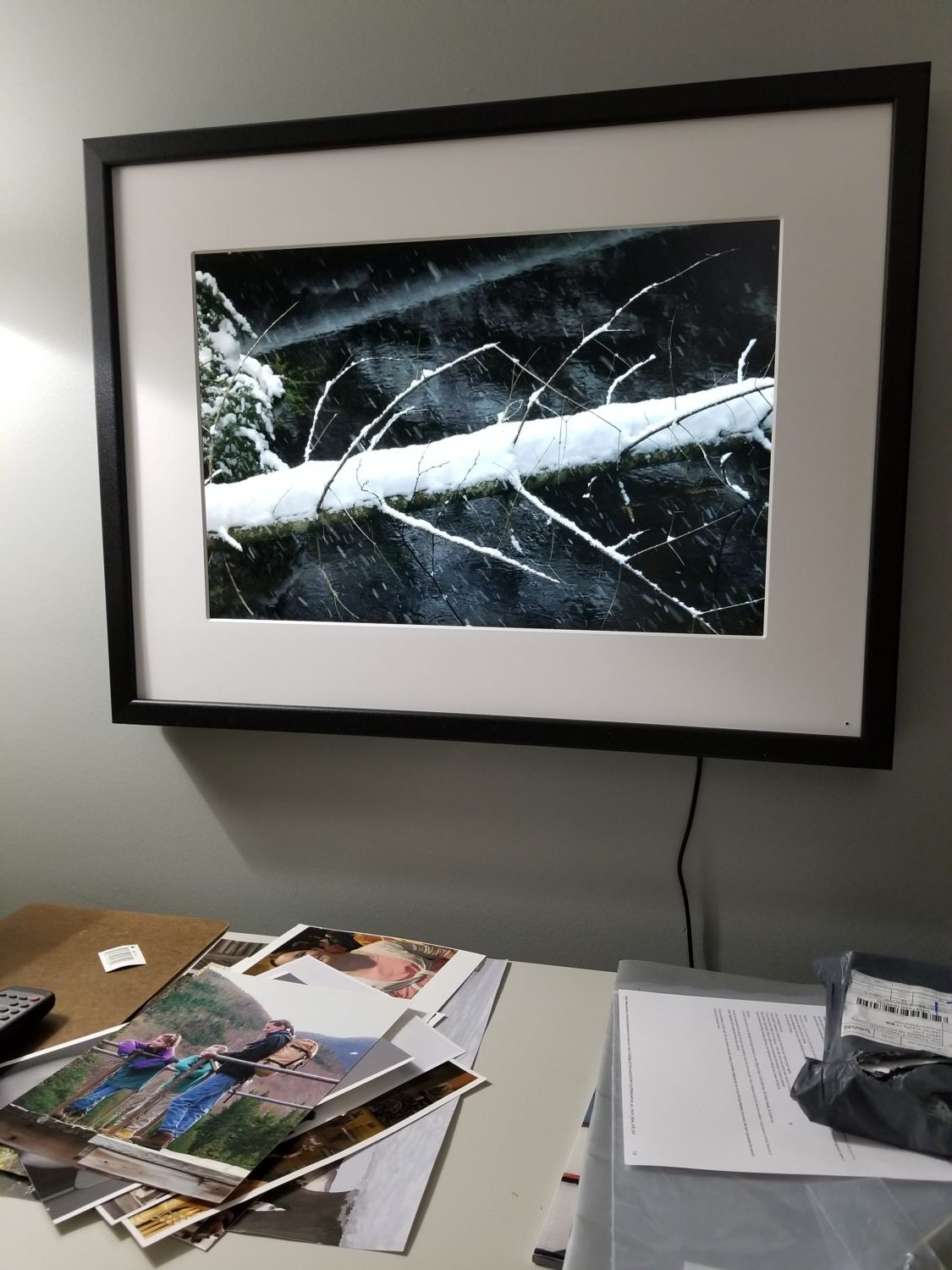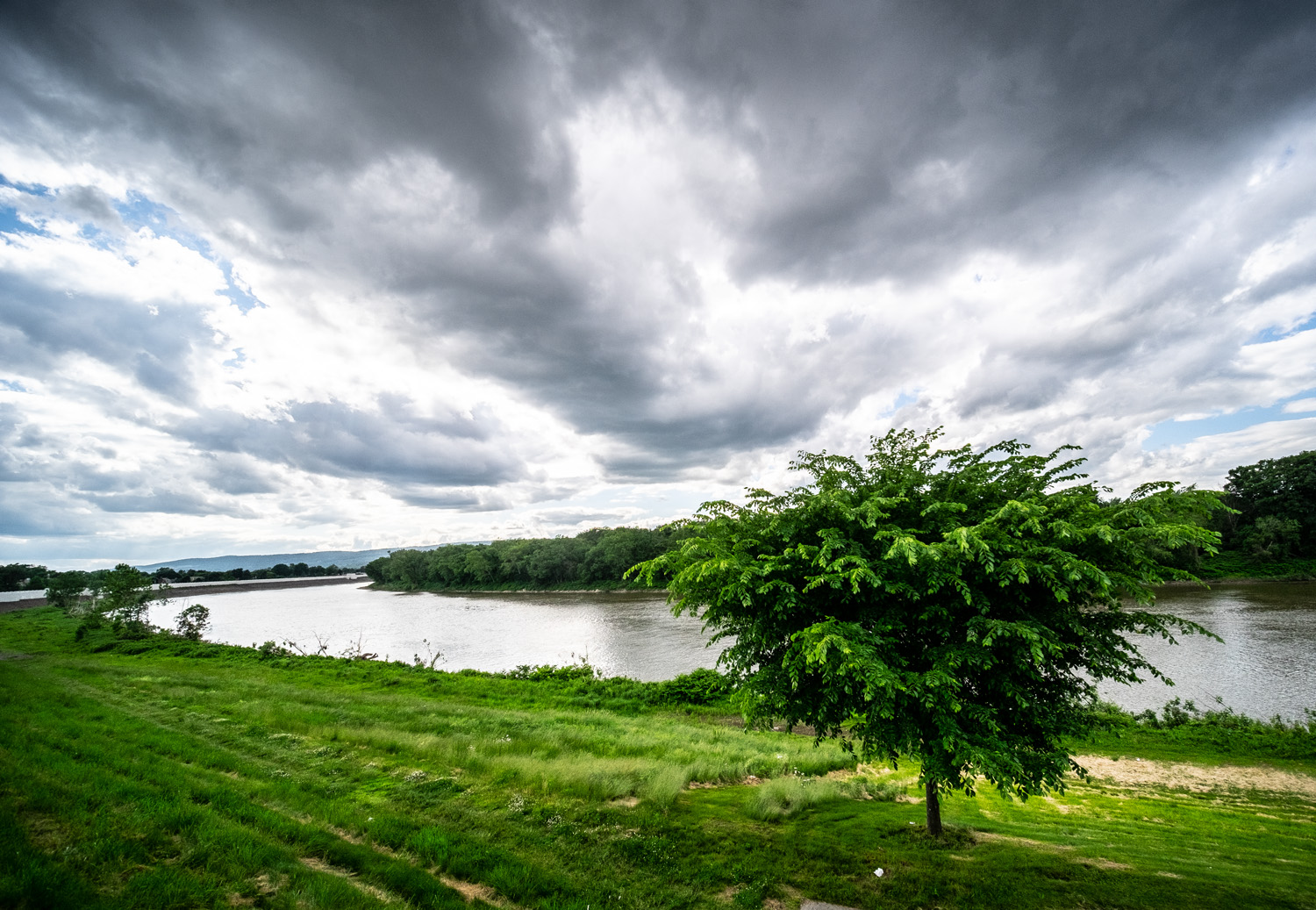As I have written almost ad nauseum in the past, the X100 series cameras have become my favorite go-to photographic devices. Small, light and easy to pack they’re just the easiest of my gear to grab without a significant photographic deficit.
The original X100 at 12 megapixels, was perhaps a little light on resolution compared to other gear I used at the time. Given the 16 and an now 24 megapixel imagers of later models, that is no longer an issue. What is sometimes vexing, is the fixed focal length. The X100’s have been equipped with an extremely high quality 23 mm (35 mm field of view in 35 mm format) lens This focal length, although versatile, does limit one in a variety of situations in both street and landscape photography.
That is why, in 2014, Fujifilm introduced two lens converters to add some variety to the cameras capabilities. They included the X100 WCL, which applied a 0.8 X conversion factor to the lens, changing the field of view to a 28 mm lens, and the TCL X100 which has a magnification factor of 1.4X, bringing the field of view to a 50 mm equivalent. The links will take you to those original reviews .
Of the 2 converters, the more compelling modification is I think the TCL, as 35 mm to 28 mm is not as big a deal. Of the 2 converters, but TCL is most often mounted on my X100 series cameras.
The problem with the original converters was that they were dumb. They didn’t communicate with the camera, so it became necessary, when taking them on and off, to go into the menus, and select the appropriate lens setting . That would modify a variety of parameters within the camera both in terms of distortion control, as well as adjusting the frame lines in the optical viewfinder. It would also then report the change to the metadata for the image, so that the focal length used would be recorded.
The other problem was that I was also dumb. I would constantly forget to change the camera settings which will lead to a distorted image, and incorrect metadata.
The mark II version of the converters however take advantage of a new capability in the X100f. They can communicate with the camera so it can set can set itself appropriately.
So when I bought my X100f last spring, I also purchased the Mark II version of the TCL . There have been multiple images published in previous posts using that converter. I have subsequently bought the WCL mark II.
These are apparently optically identical to the already excellent original versions. They are also indistinguishable in size and appearance from the “Mark I’s”. Multiple reviews online, as well as my own experience suggest they offer very little, if any degradation in the excellent quality demonstrated by the cameras native lens. And unlike many lens converters, the maximal aperture of f2 does not change when using either device.
Here are 2 images I have taken first with the WCL, and second with the TCL to show the relative difference in the coverage.
Here as an image shot with the native lens for comparison. This was obviously shot on a different day. I cropped it a bit on the bottom compared to the others.
I must say that at least for me, having the converters automatically adjust the camera, means I am using the much more frequently and willing to change them more readily to obtain a shot.
It really increases the flexibility of the X100f. I only wish there was a way to make a modestly priced and sized converter to give us a 75–85 millimeter equivalent. With that option, at F2, there would be even better separation, and background magnification than we already have. I could pretty much sell off a lot of equipment were this available.
I have sold both of my former converters, on eBay, and am happy to report, that they received a lot of attention, and ultimately sold for decent money.
Though it seemed somewhat frivolous, the new communication system between the camera and the lens converters really is useful and for me at least worth a modest difference between the sale price of the old and new converters.
It clearly is another step in making the X100 series among the most compelling and capable cameras I have owned.


